Introduction
As children, the time we spent outside the classroom was unforgettable, giving us countless stories to tell and experiences to reminisce about. Today, our youth seems to belong to the distant past. Yet we may feel a sense of familiarity, intimacy and sweetness when such moments cross our minds, as if they had happened just yesterday. What is your most cherished memory of those times? Is it a high-spirited basketball match? Or a fascinating trip to the countryside with your classmates and teachers? Perhaps what you treasure most are the genuine friendships formed during your school days.
Over the years, after-school activities have evolved as society has developed. At each point in history, extra-curricular opportunities have had their own unique features. Every generation of students has experienced different things and formed distinctive memories, which bear witness to history. In Hong Kong, many of the tranquil scenic spots for school trips or graduation camps in the old days have been replaced with skyscrapers amidst the hustle and bustle of the city. Only a few people today remember long-ago childhood games such as rope skipping, portrait picture cards, marbles and ‘watermelon’ ball.
Extra-curricular activities, an integral part of the school curriculum, play an important role in students’ education and personal growth. Perhaps we should think about the objective of these activities from the curriculum perspective: whether they are designed merely as an extension of classroom learning or to cater to students’ interests by providing opportunities for learning through leisure. In the past century, extra-curricular activities have flourished in Hong Kong. Once considered simply a form of recreation, extra-curricular activities now offer a diverse blend of formal and informal learning experiences in support of holistic education. In response to social changes and education reform, new educational principles and objectives have been developed for extra-curricular activities, creating opportunities for students to nurture their interests, explore their potential and develop their talents.
Jointly organised by the Hong Kong Museum of Education and the Hong Kong Extra-curricular Activities Masters’ Association, this exhibition, Beyond the Classroom: Extra-curricular Activities, delves into the development and evolution of extra-curricular activities in Hong Kong over the last century. Presenting a rich variety of learning activities outside the classroom, it explores the experiences shared by students of all ages. This collection of memories, spanning the generations, has one thing in common: our youthful days are brightened by dreams and delight. Sharing these moments and achievements from our school days, the exhibition offers a glimpse into students’ lives at different points in history. It seeks to foster intergenerational understanding and inspire viewers to reflect on the importance of extra-curricular activities to education, then, now and in the future.
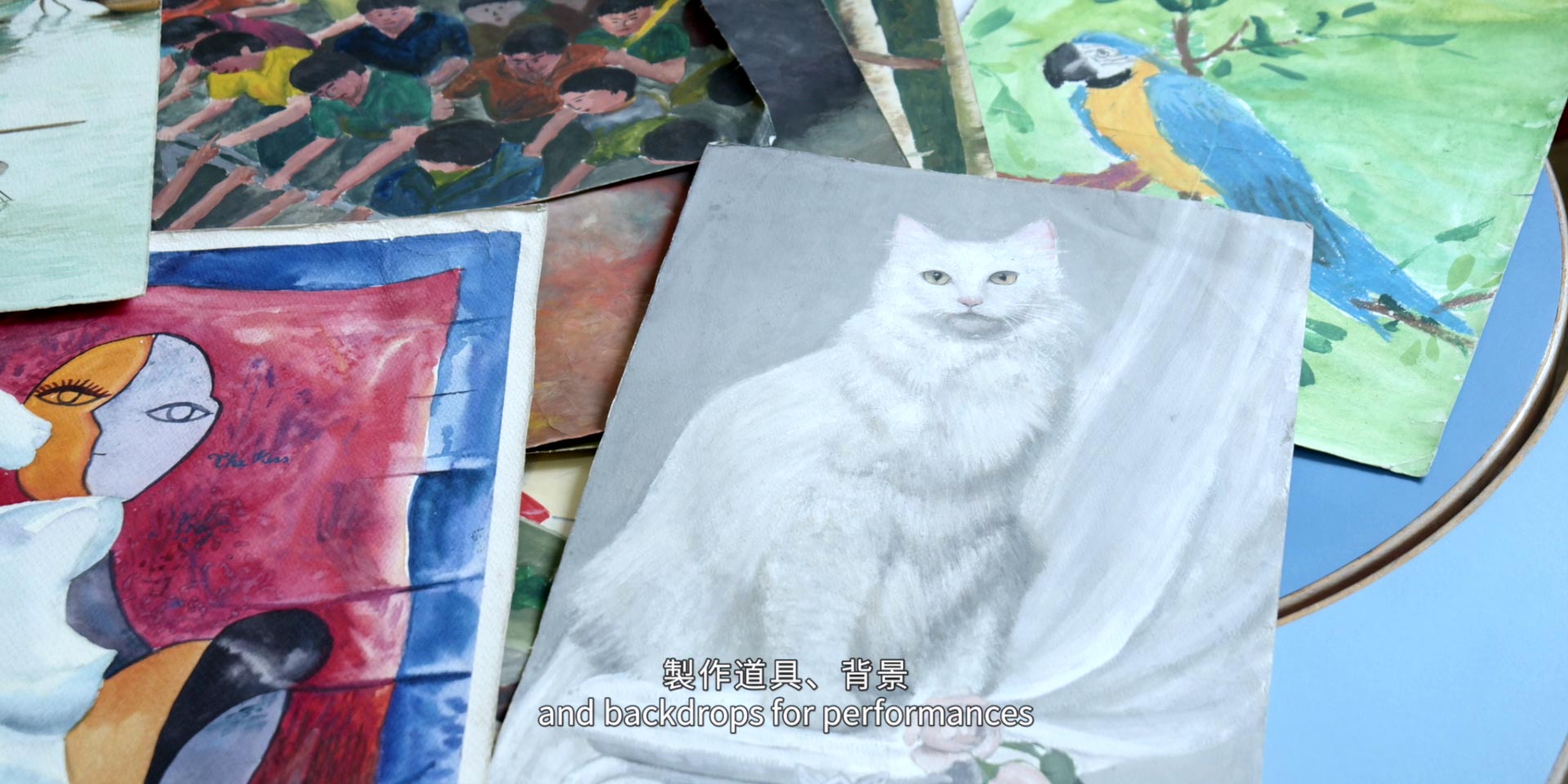

A Century of Nostalgia: Extra-curricular Activities in Hong Kong

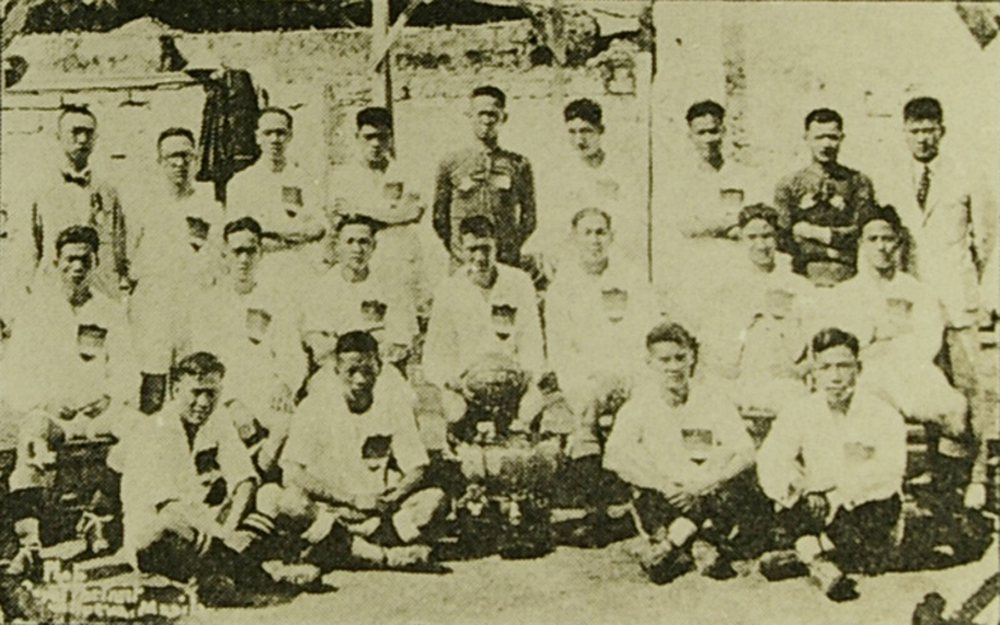
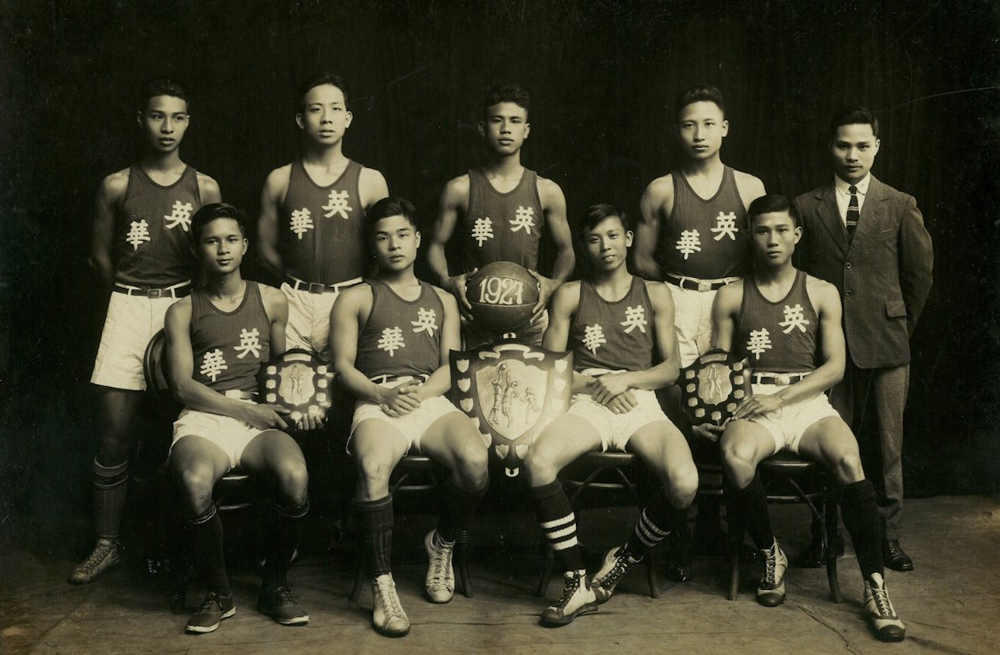
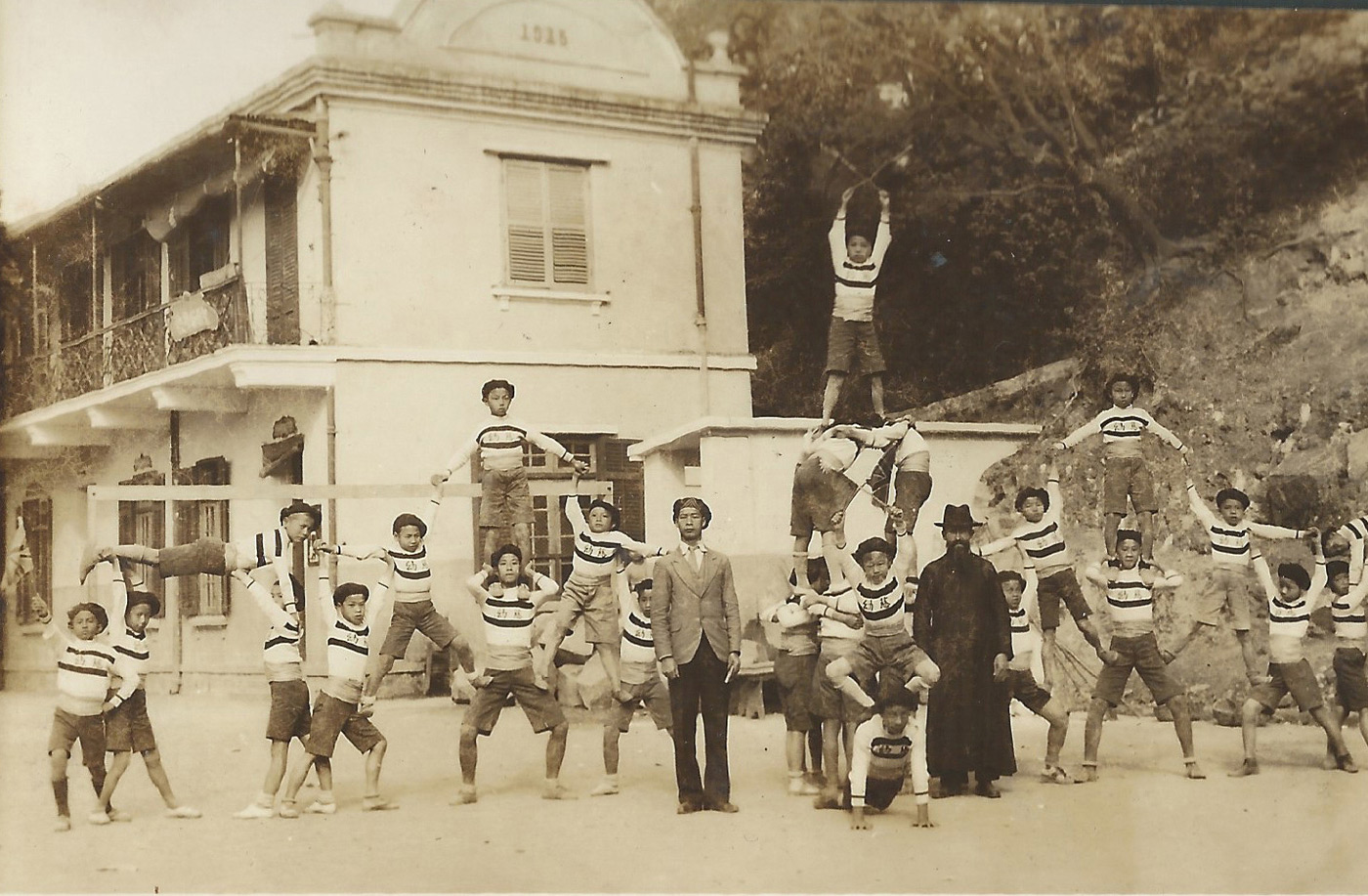
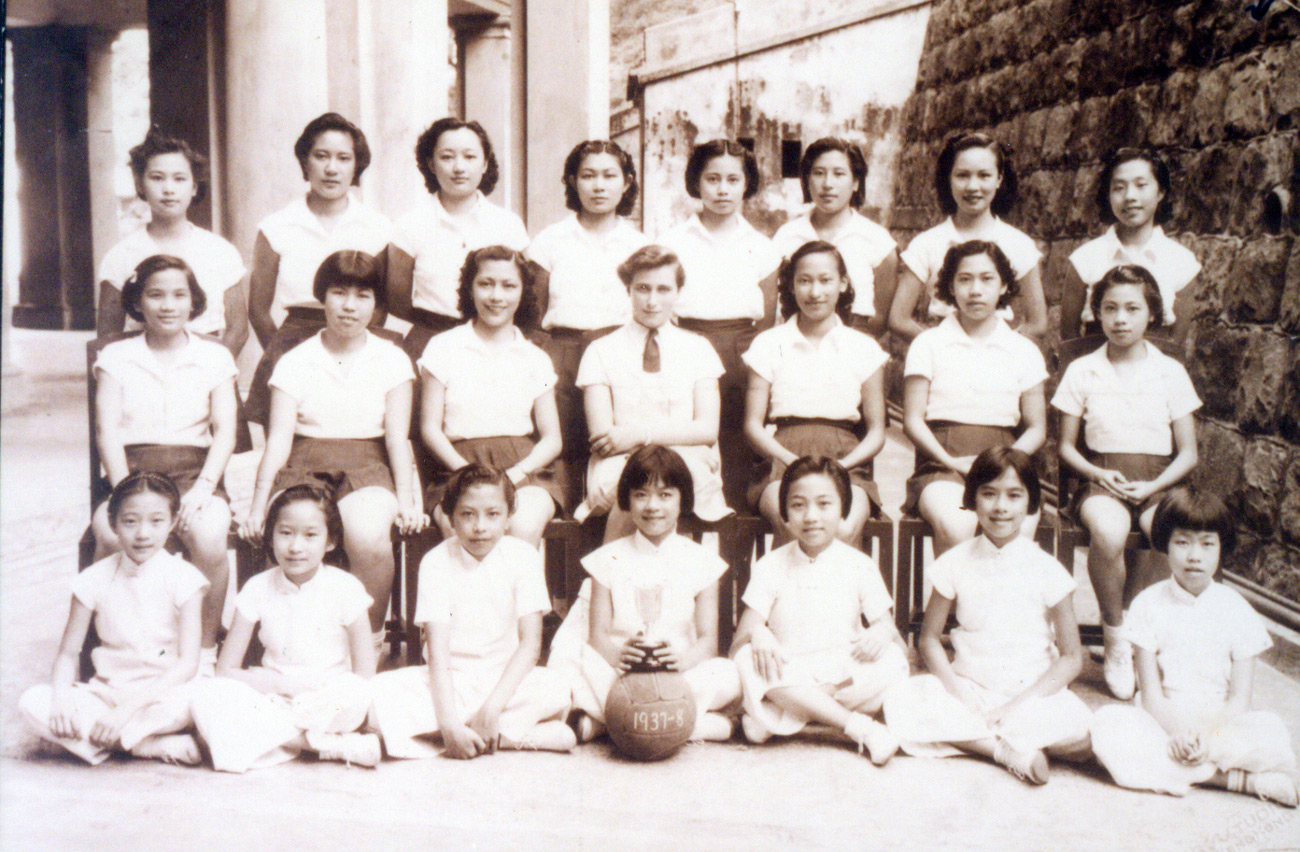
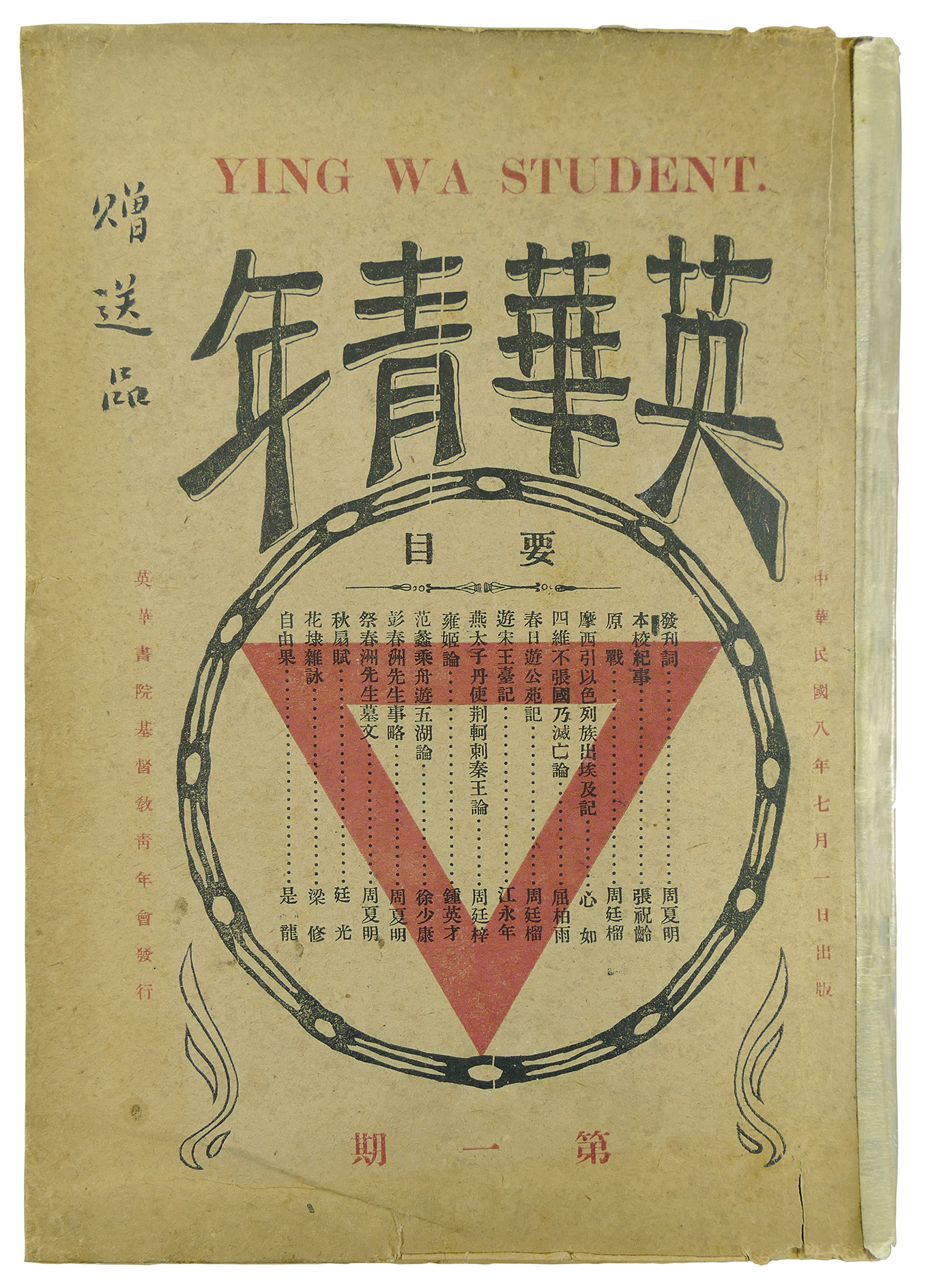
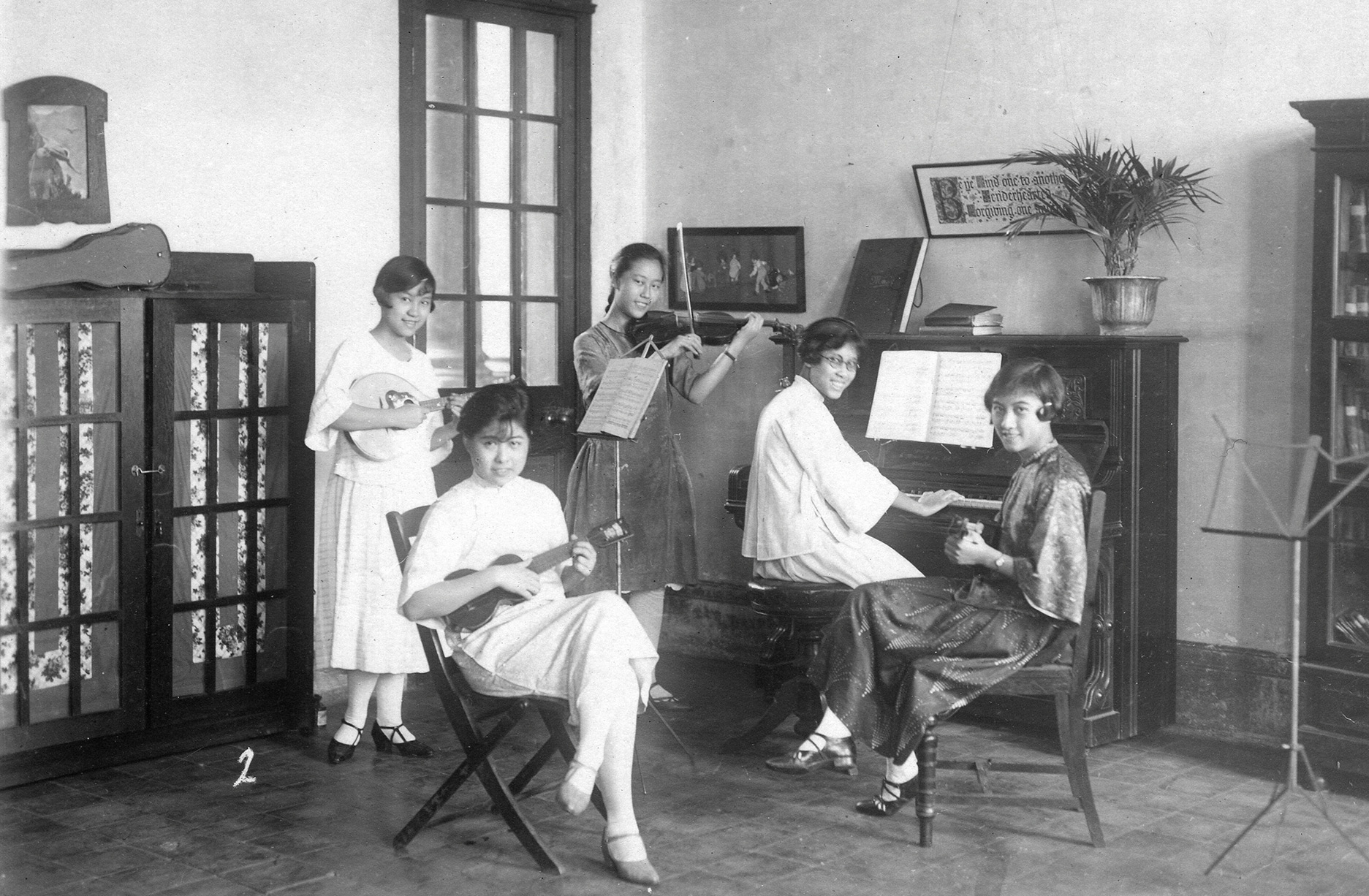
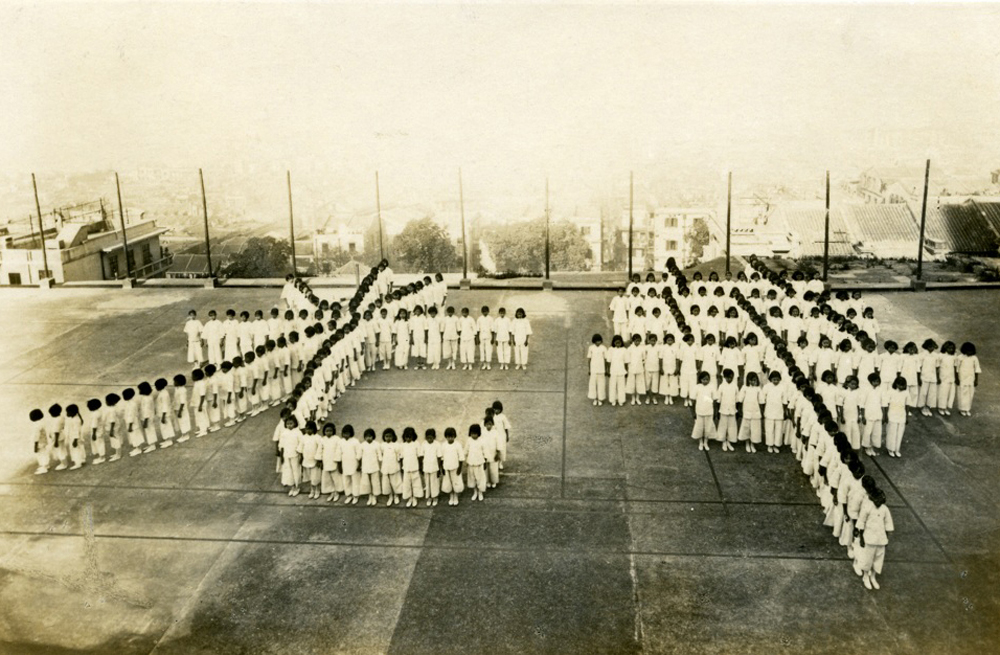
Since Hong Kong’s early colonial period under British rule, Western culture has had a profound impact on the development of local education. Major sports on the playing fields of British public schools, such as cricket and rugby, were introduced to the city and eventually became common extra-curricular activities. At first, local Chinese students seldom participated in physical activities at school, as the emphasis of schooling in traditional Chinese society was academic achievement. However, local students ultimately became active participants in various extra-curricular activities, and even joined inter-school competitions. Students who exhibited outstanding performance were invited to compete in national or international tournaments, such as the Far Eastern Championship Games.
The early 20th century saw the emergence in schools of activities related to art, literature and social services, such as drama performances, public speaking events, student publications and uniformed youth groups. During the same period, mainland China underwent enormous changes, particularly due to the May Fourth Movement, the National Salvation Movement and resistance to Japanese invasion. These social upheavals also influenced the after-school activities of students in Hong Kong. For example, some students organised concerts at which they performed songs with an anti-Japanese sentiment.
In 1935, the Report on Education in Hong Kong, known as the Burney Report, reviewed Hong Kong’s education system and recommended reinforcing learning opportunities in areas such as music, sports, art and crafts to foster students’ holistic development. Although the implementation of these suggestions was partly disrupted by World War II, the Burney Report still furthered the development of extra-curricular activities in Hong Kong. In 1940, the Hong Kong Schools Music Association (the predecessor of the Hong Kong Schools Music and Speech Association) was set up to organise concerts to promote students’ music appreciation.
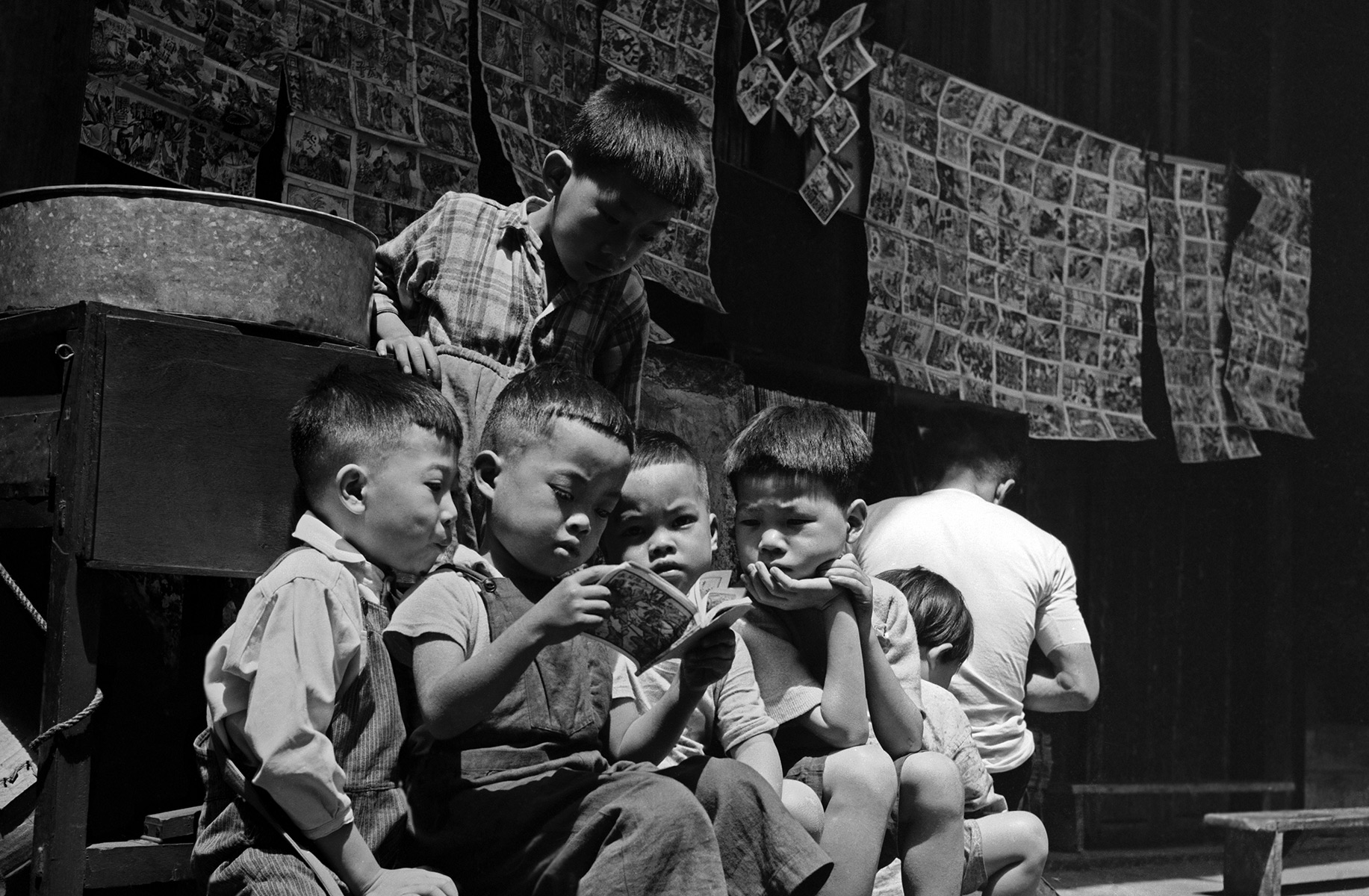
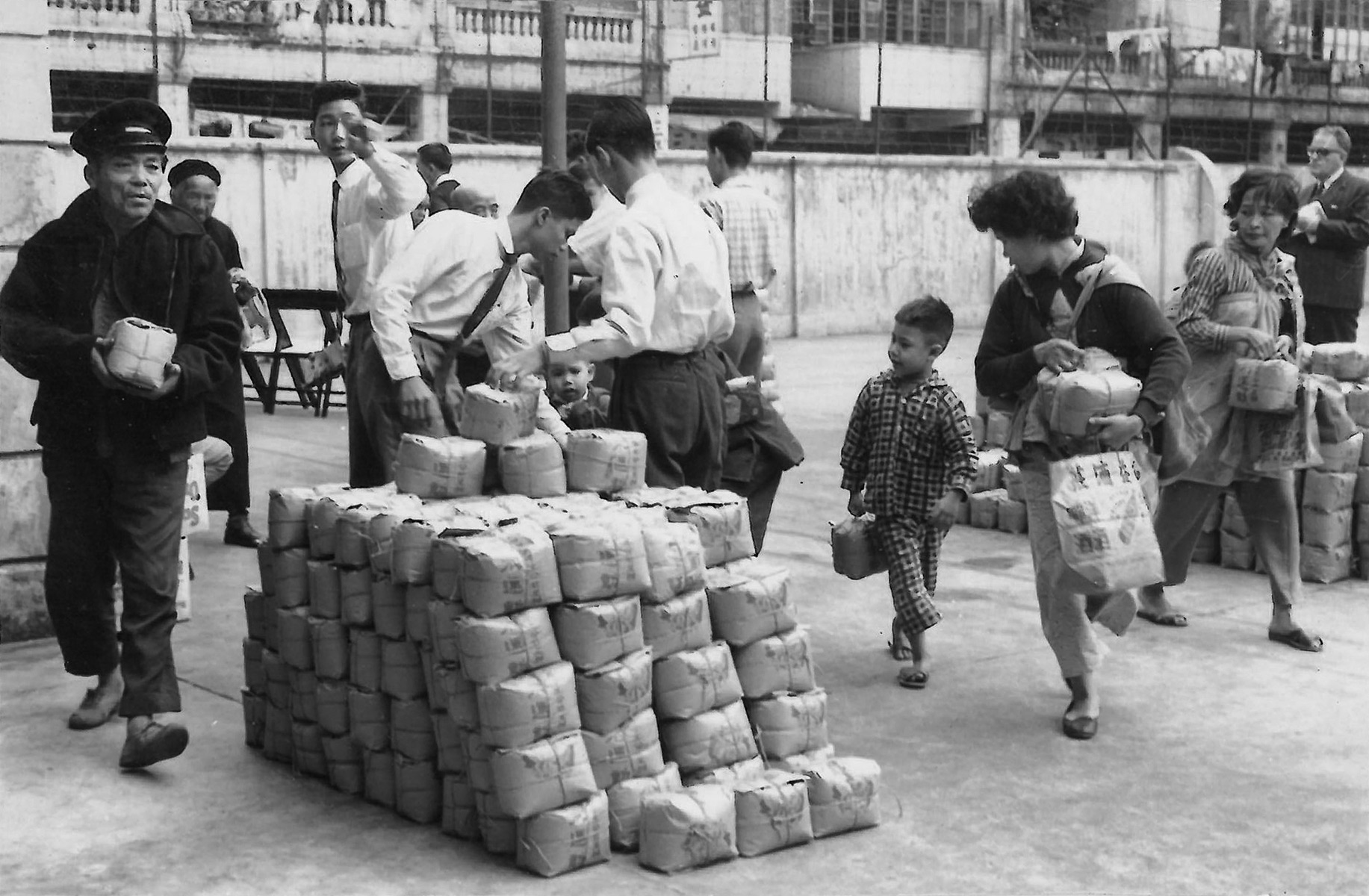
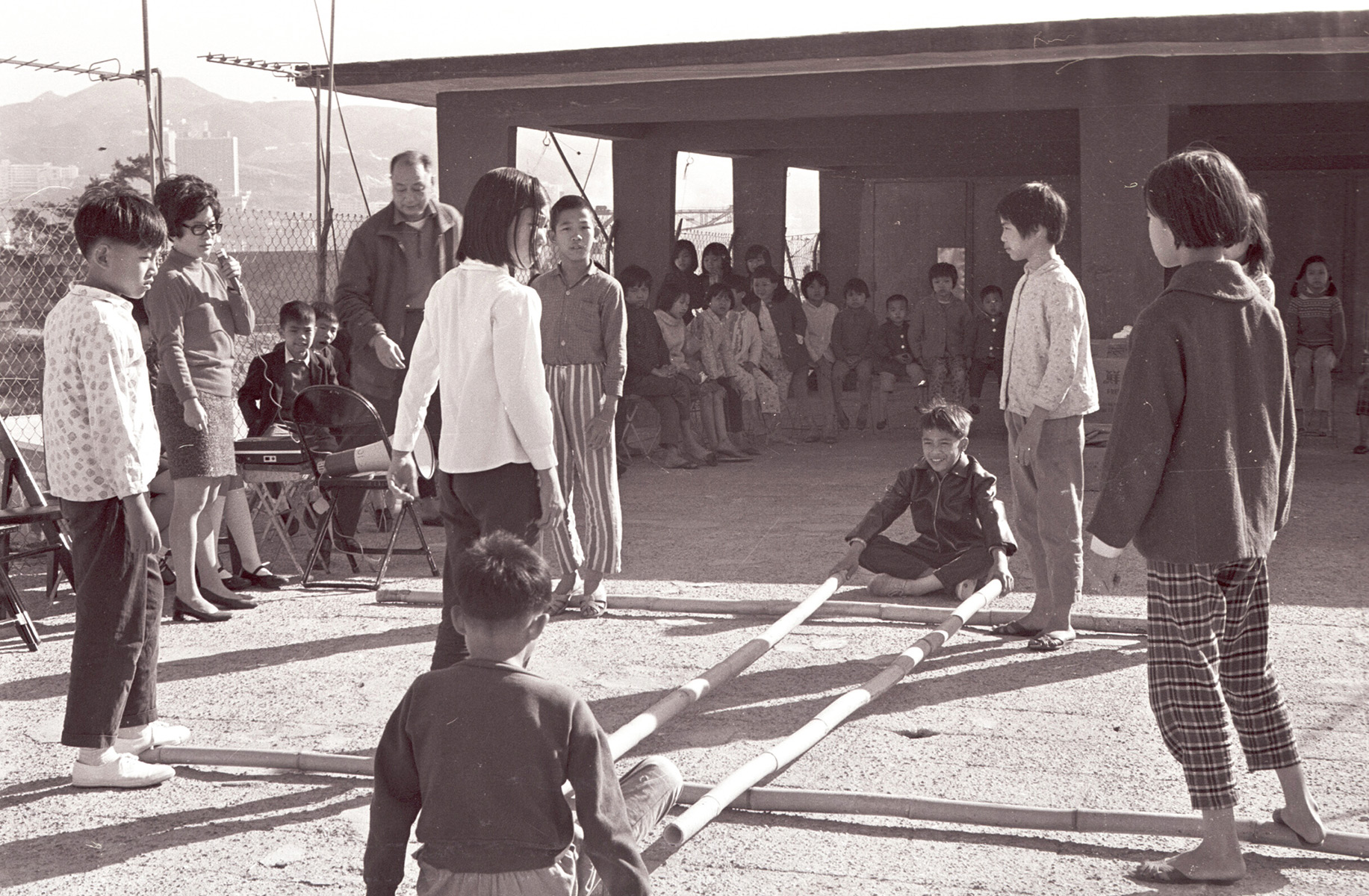
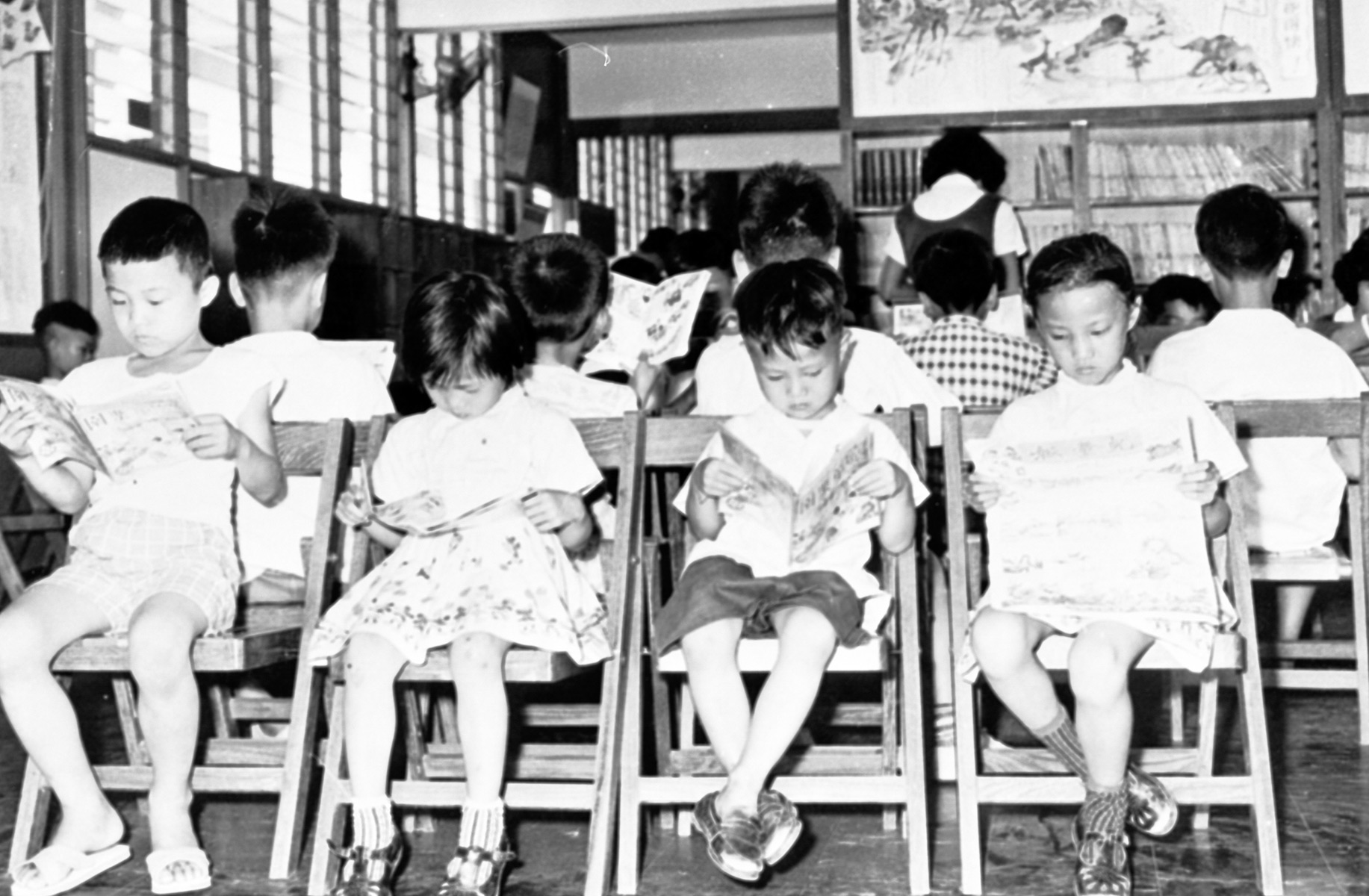
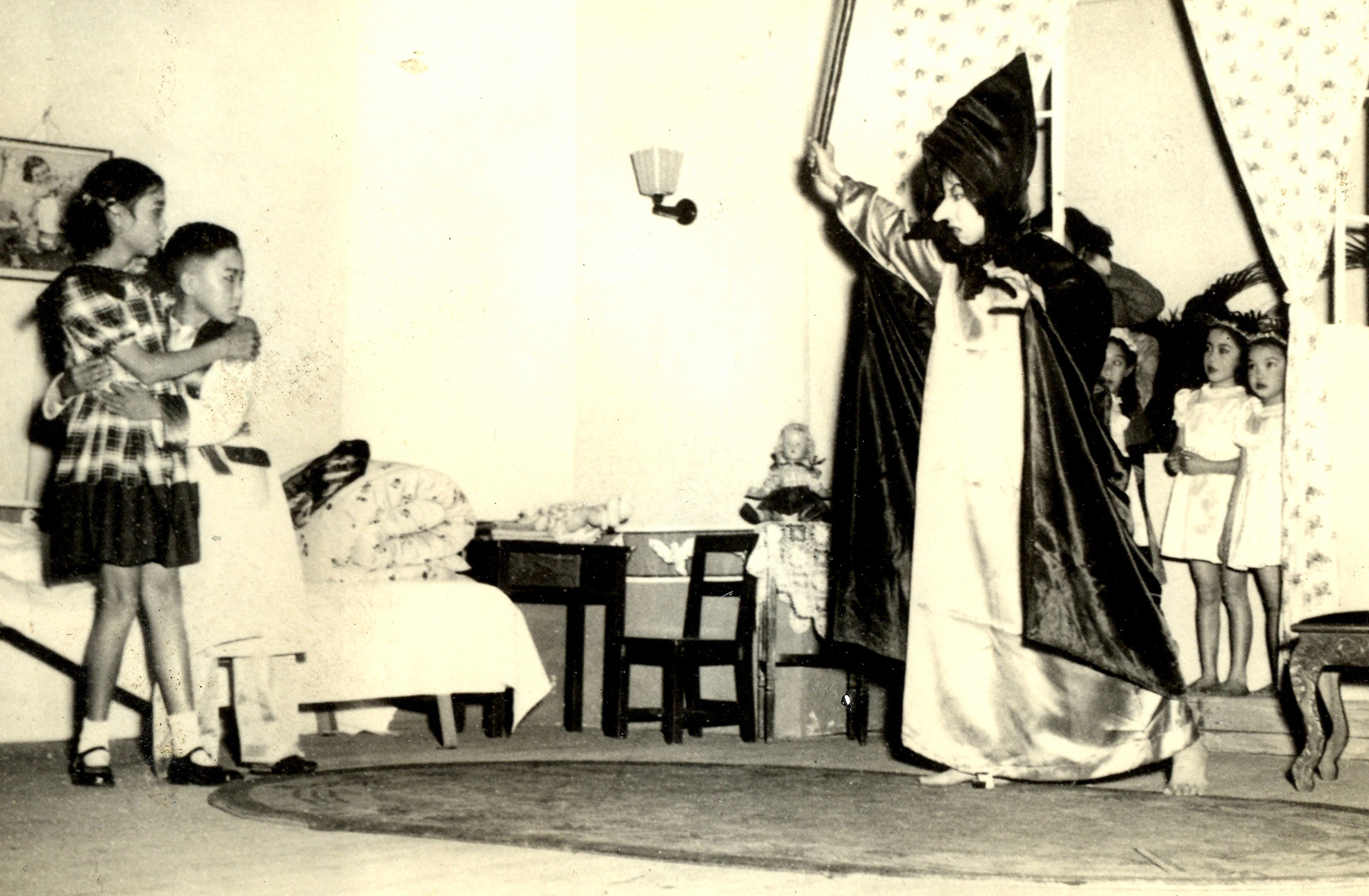
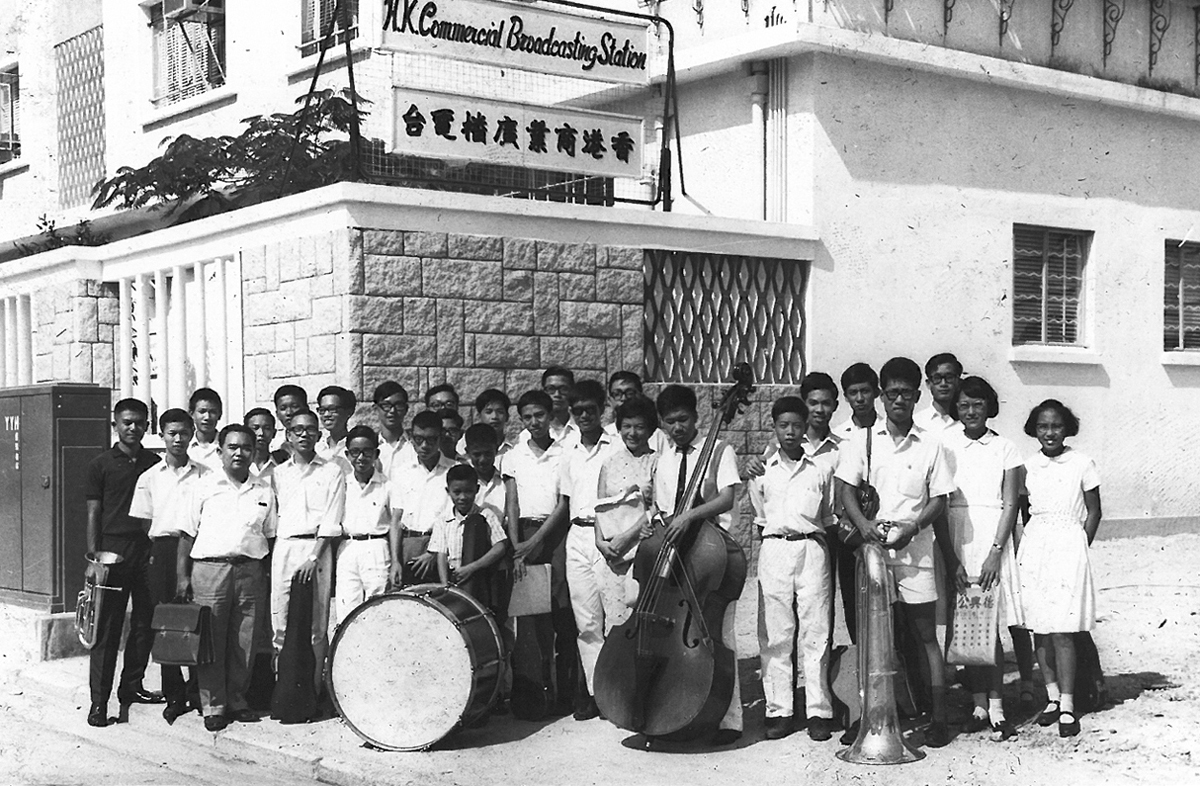
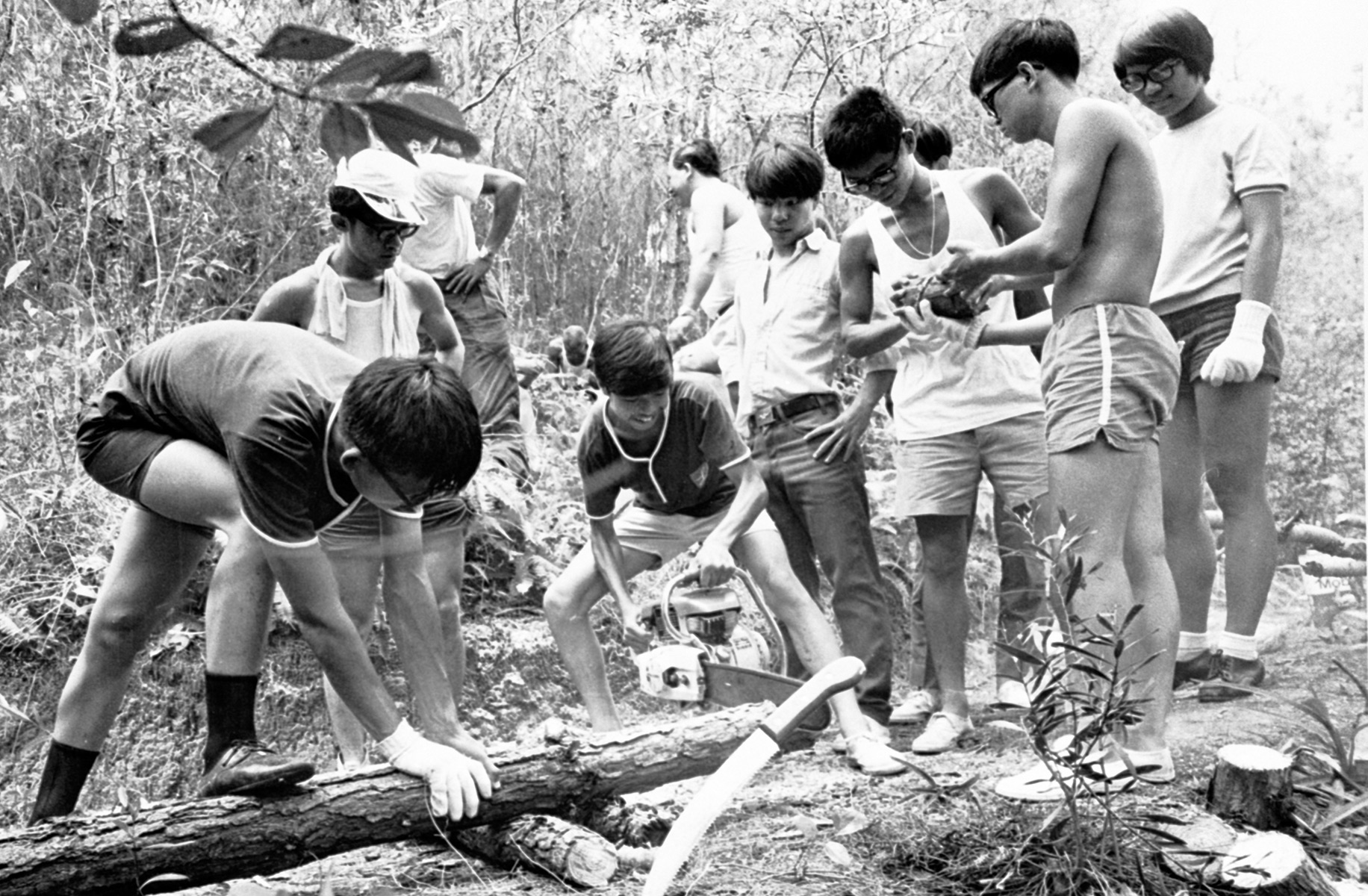
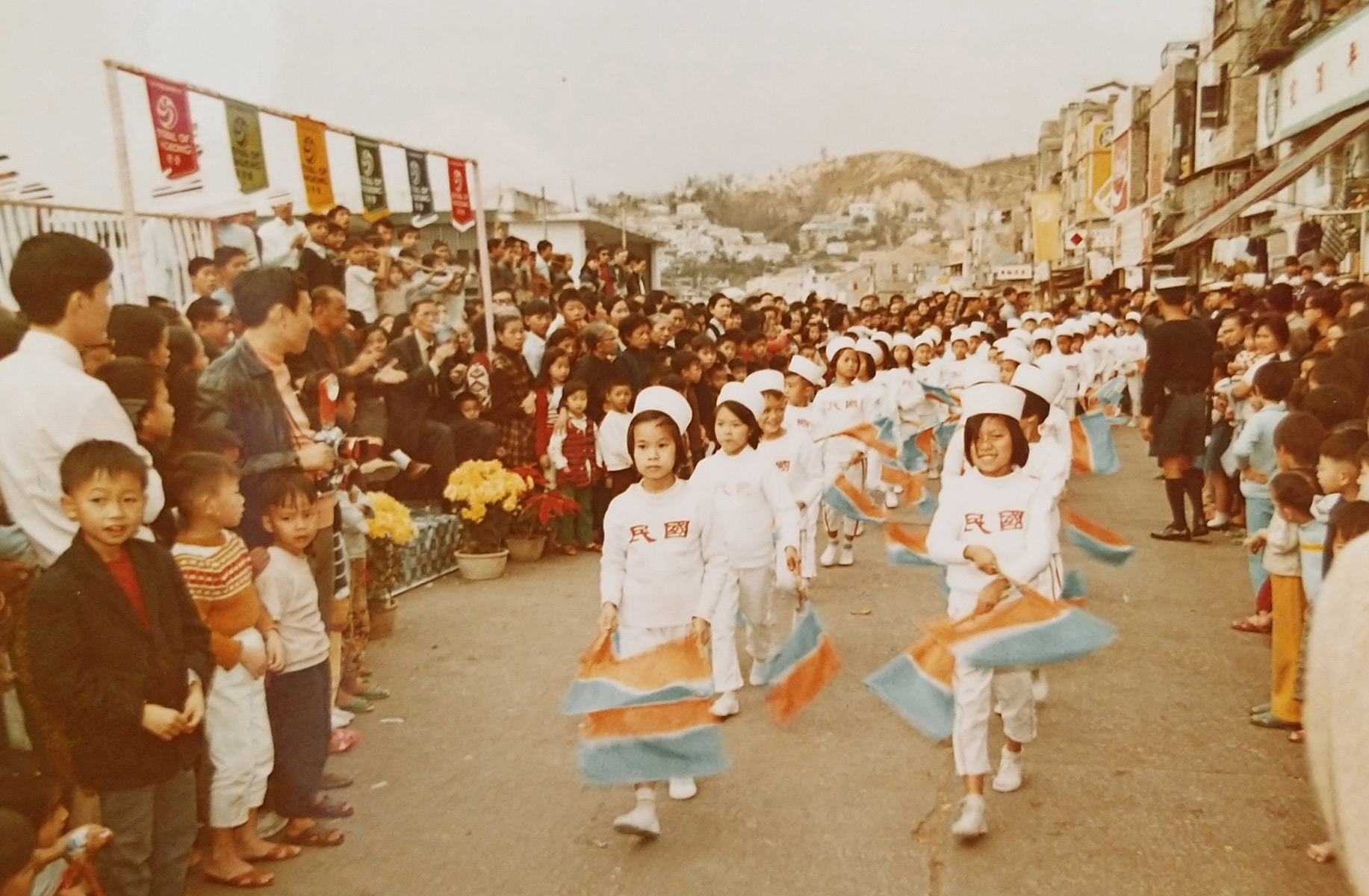
After World War II, Hong Kong experienced a surge in population, driven by a baby boom and an influx of refugees from mainland China due to civil war and other political upheavals. With the rapid increase in the number of school-aged children, Hong Kong schools lacked the resources and facilities to provide adequate extra-curricular activities. On top of this, working parents were concerned about their inability to spend time with their children. Child abandonment was also observed and many orphans were left without care. This led to a rise in social problems such as school drop-outs, street children and youth crime. Some students had to help their families earn a living after school, and others dropped out of school altogether to find jobs. To address these problems, the Social Welfare Department (SWD) and social services organisations such as the Young Men’s Christian Associations of Hong Kong, the Hong Kong Playground Association and the Boys’ and Girls’ Clubs Association of Hong Kong (BGCA) developed various kinds of activities for youths.
In 1951, the Report on Government Expenditure of Education in Hong Kong, known as the Fisher Report, called for an increase in out-of-school activities and the strengthening of relevant teacher training. The then Education Department turned its attention to sports and the arts, encouraging schools to organise inter-school competitions.
In the aftermath of violent social upheavals in the 1960s, the Hong Kong government intensified its efforts to address youth-related issues. The Kowloon Disturbances 1966: Report of Commission of Inquiry advised the government to increase the recreational facilities and activities available to teenagers to foster their engagement in social affairs and sense of belonging to society. The government and various groups have since actively organised a wide range of youth activities, with a focus on leisure, culture, and sports at the beginning.
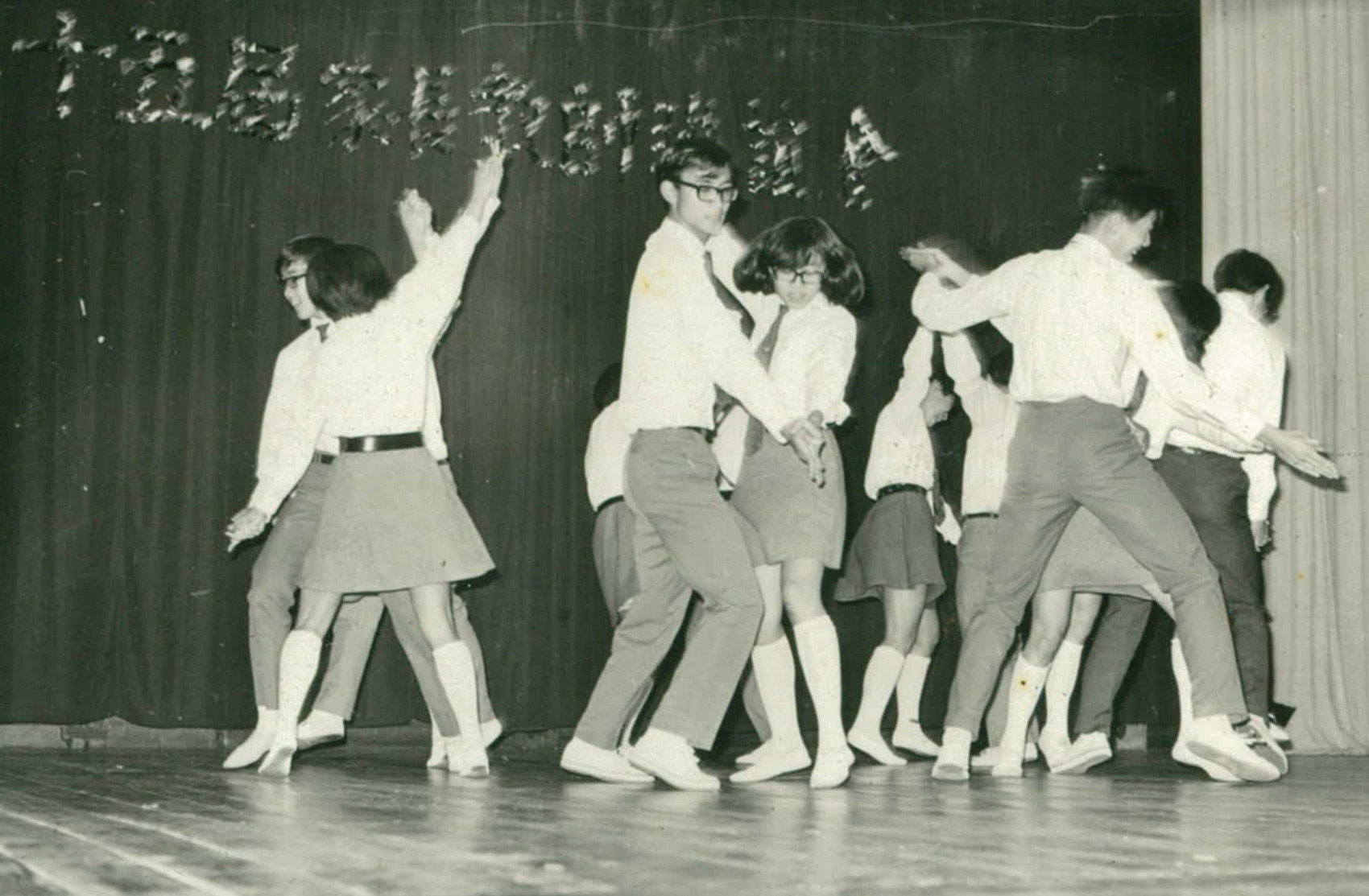
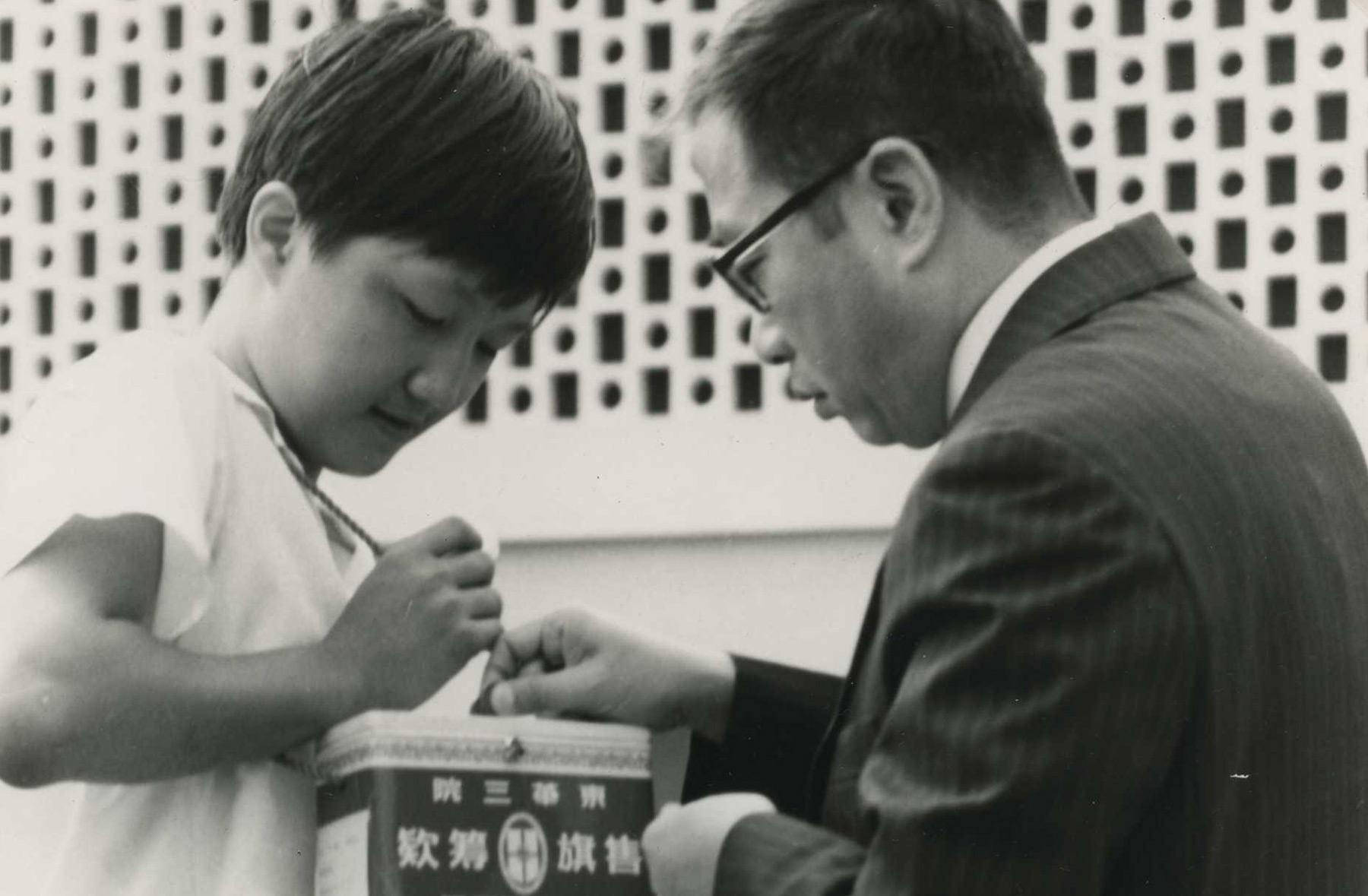
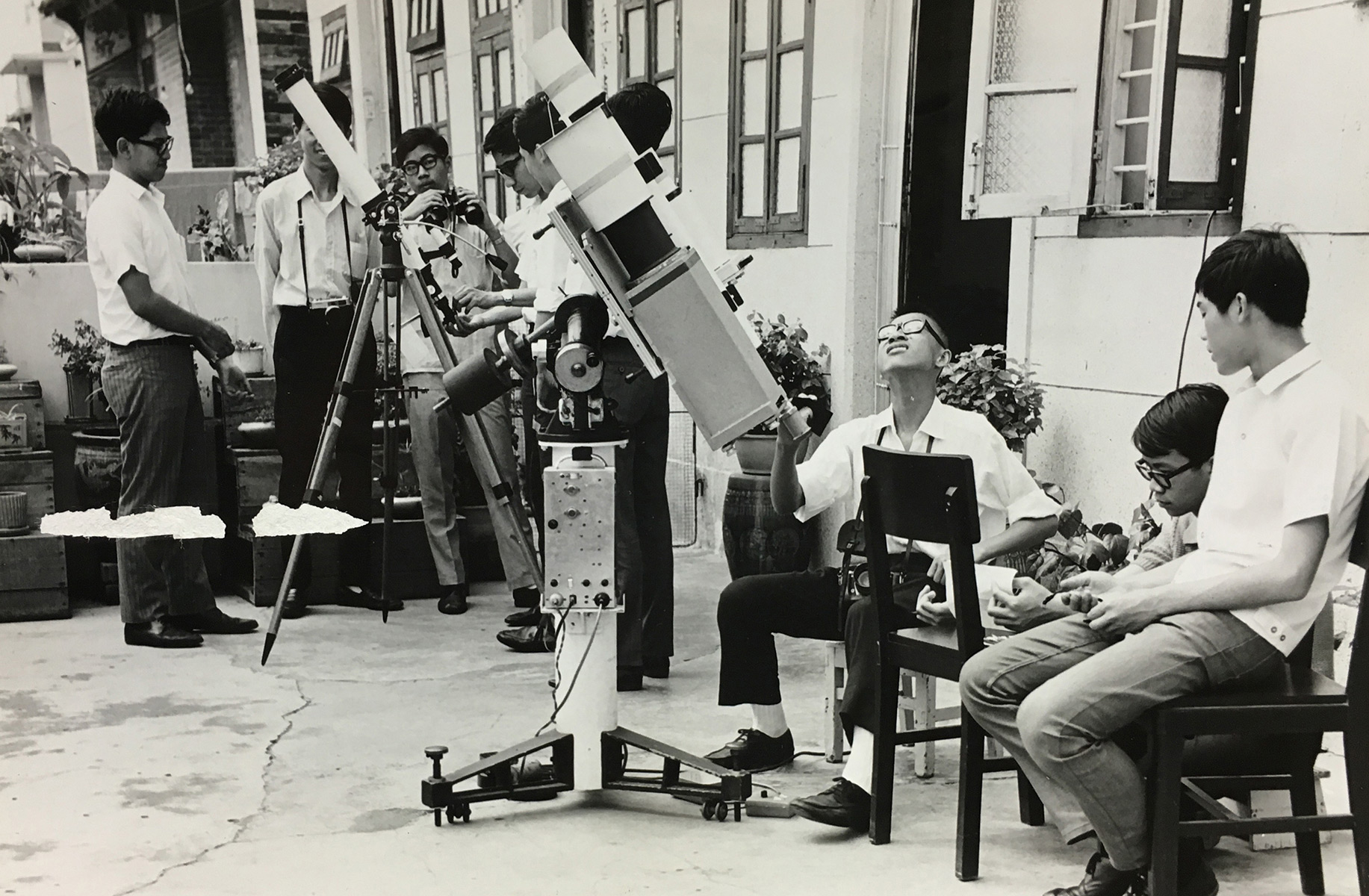
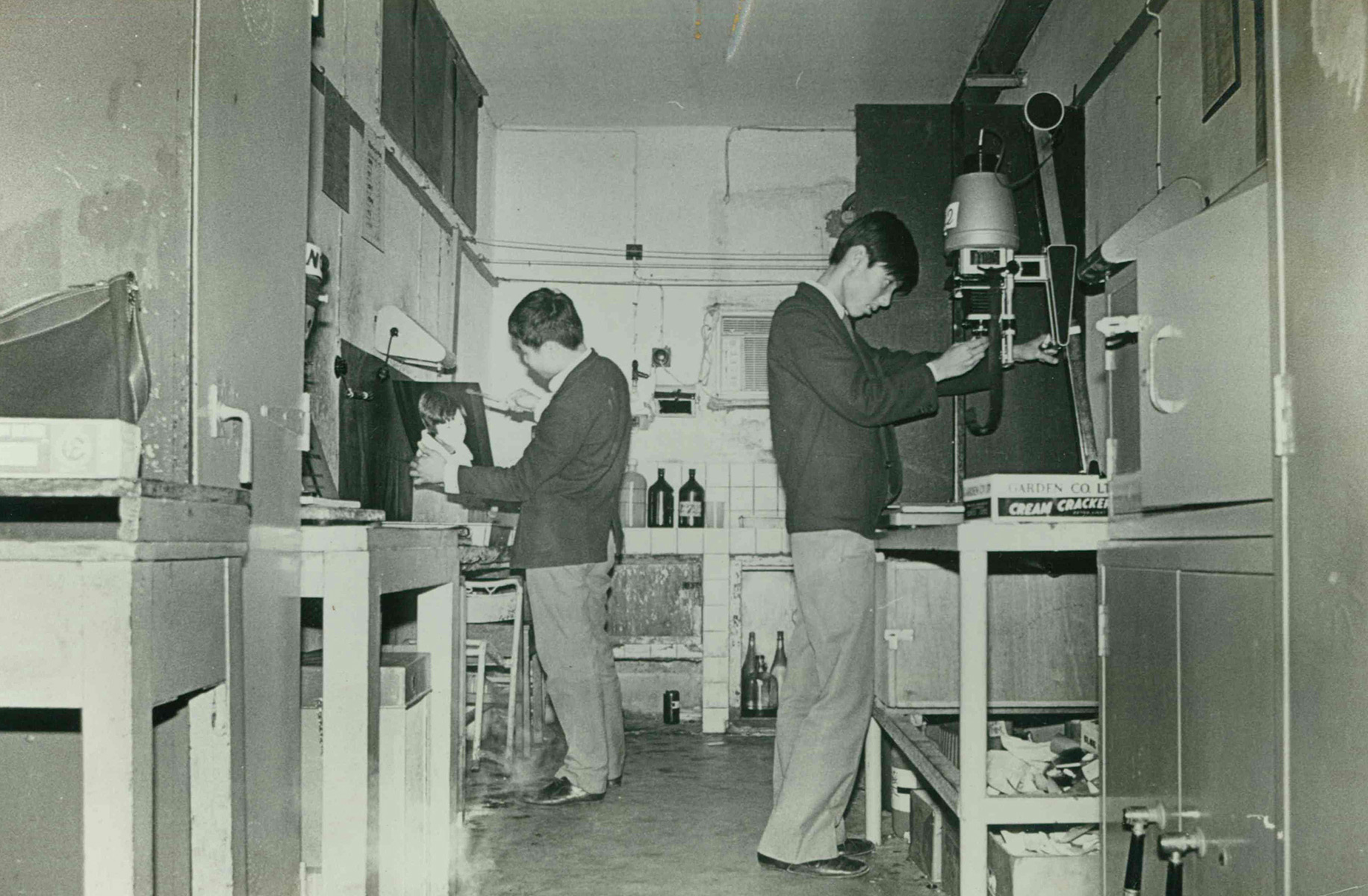
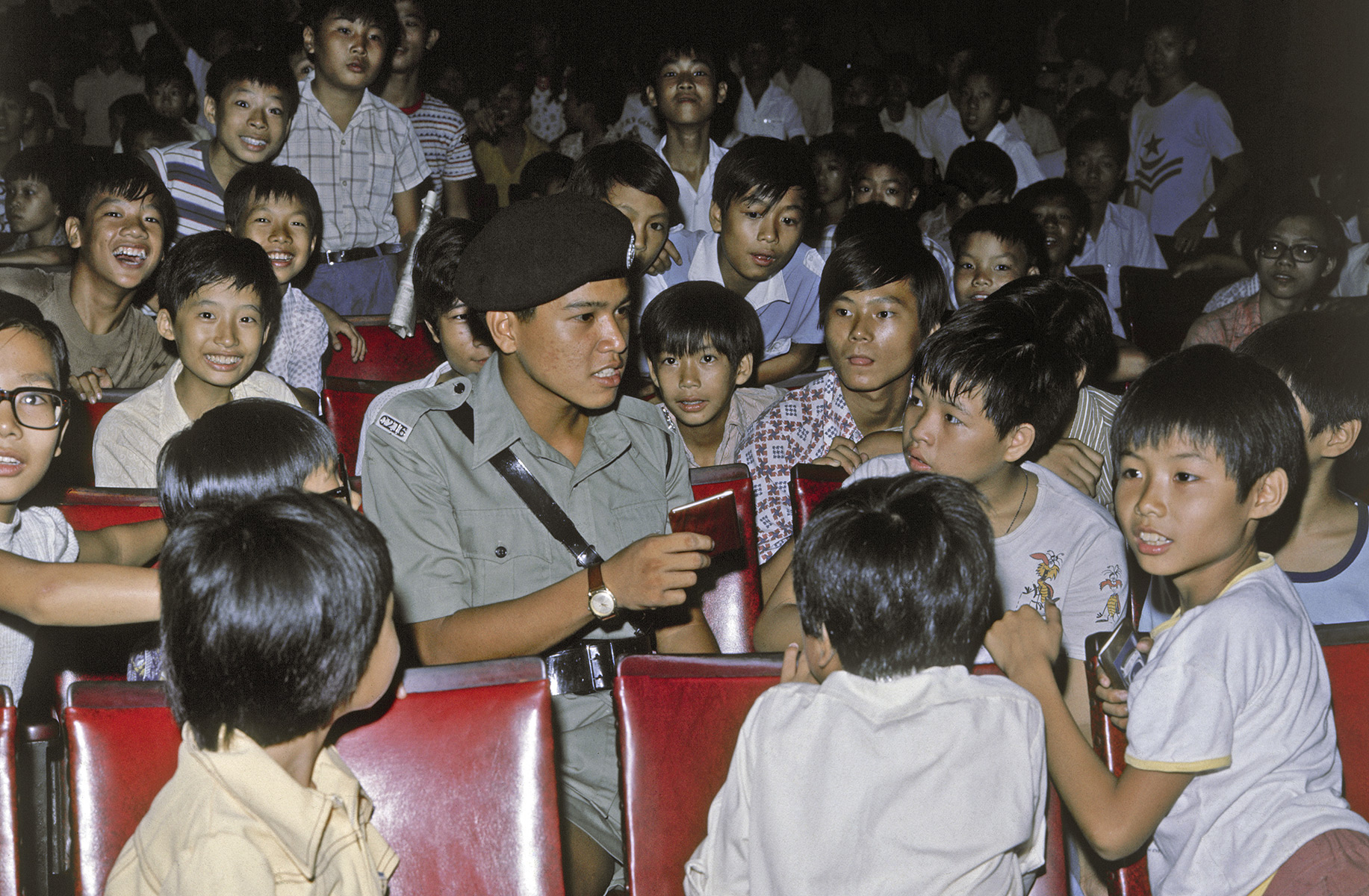
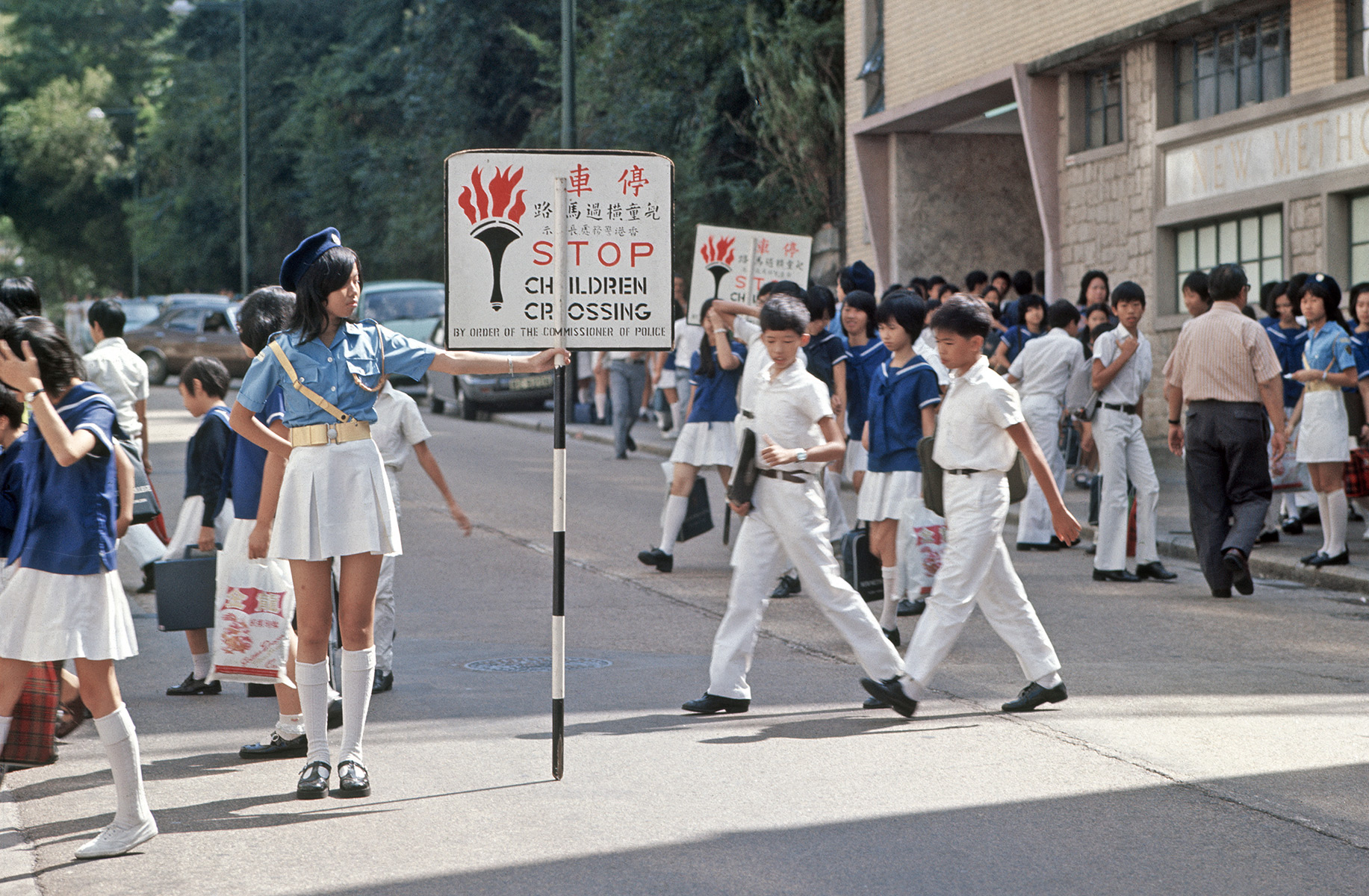
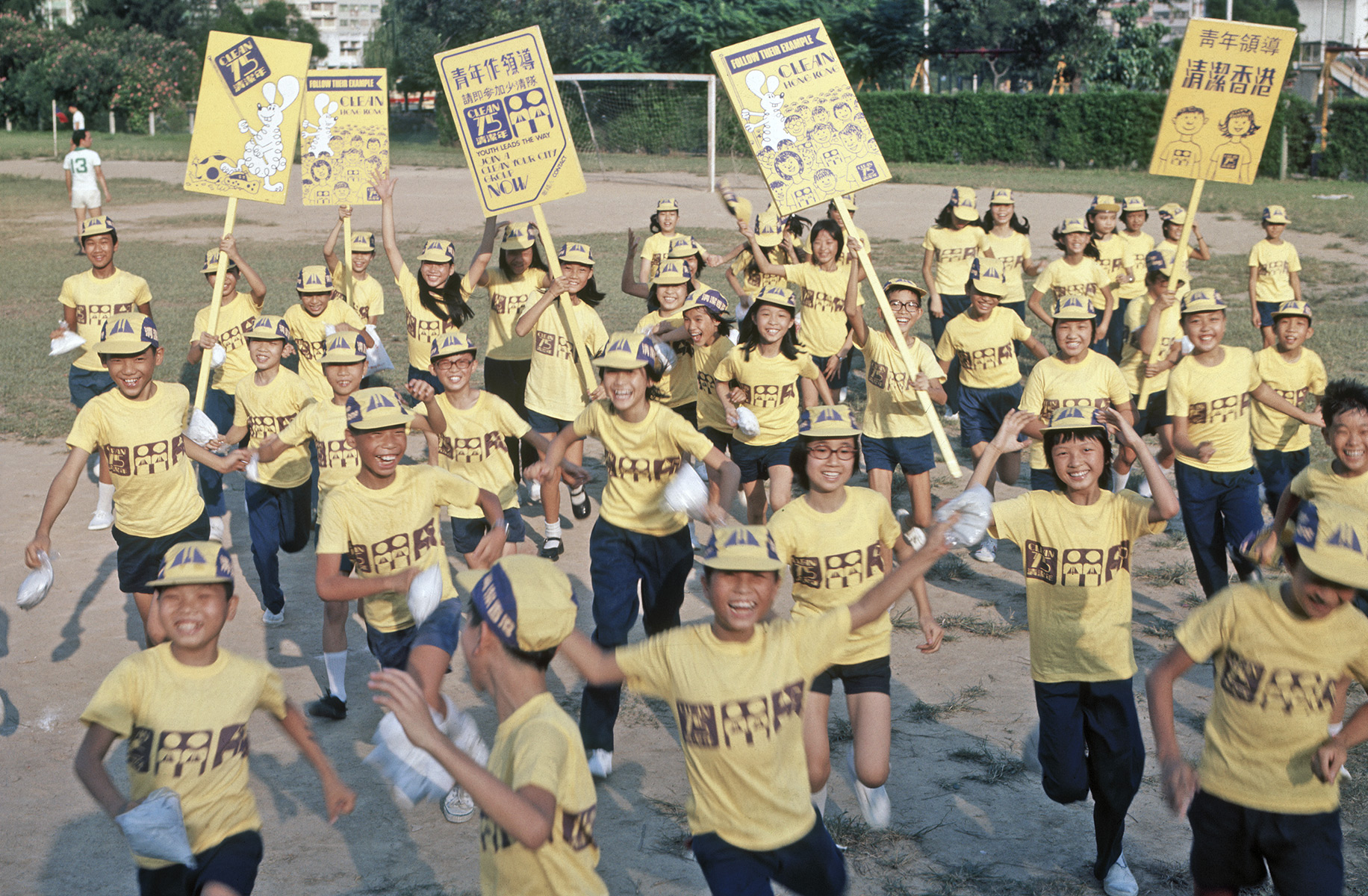
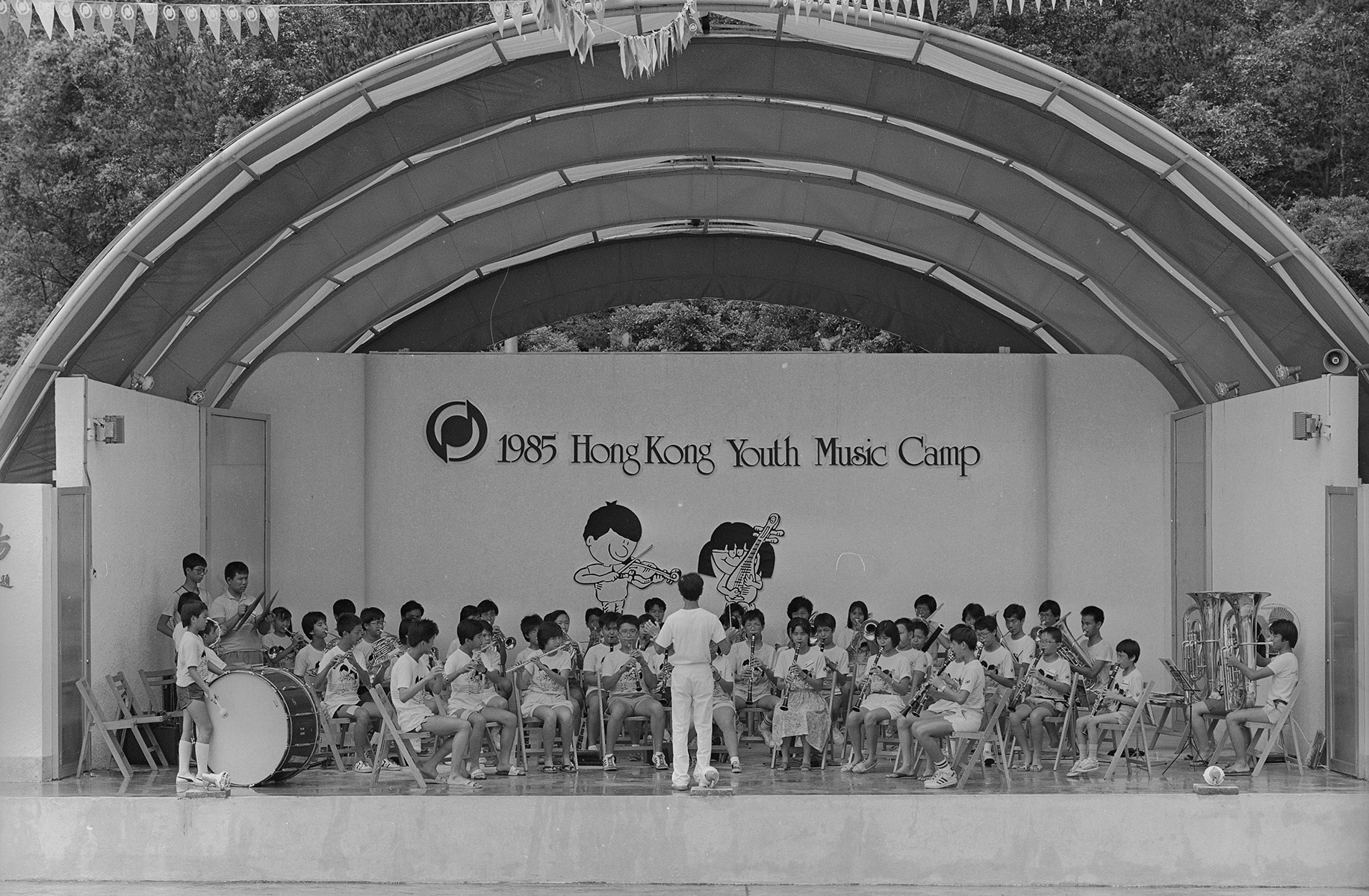
Since the 1970s, government policies have furthered the development of recreational, cultural and sports facilities and activities. The Recreation and Sport Service Office and the Music Administrator’s Office (the predecessor of the Music Office) were set up in 1974 and 1977, respectively. At the same time, the government implemented a number of educational policies to make primary and junior secondary education more accessible. However, some young people in compulsory education still lacked motivation, resulting in disciplinary problems and a lack of sense of belonging to their schools. Extra-curricular activities were considered a critical platform to facilitate students’ overall growth and offer learning opportunities that catered to youngsters’ diverse potential and talents.
Given the increasingly important role played by extra-curricular activities in mass education, the Education Department encouraged and supported further development, such as creating the post of Extra-curricular Activities Co-ordinator in secondary and primary schools. Relevant teachers were responsible for coordinating activities. The School Activity Section was set up to provide schools with guidance on and assistance with organising large-scale events. Similarly, courses related to the management of extra-curricular activities were offered as elective subjects at universities. In support of the government’s efforts, a group of enthusiasts from the education sector founded Hong Kong’s first teachers’ professional association for extra-curricular activities in 1984. This group, now known as the Hong Kong Extra-curricular Activities Masters’ Association, is dedicated to improving the quality of extra-curricular activities and enhancing relevant professional standards among teachers.
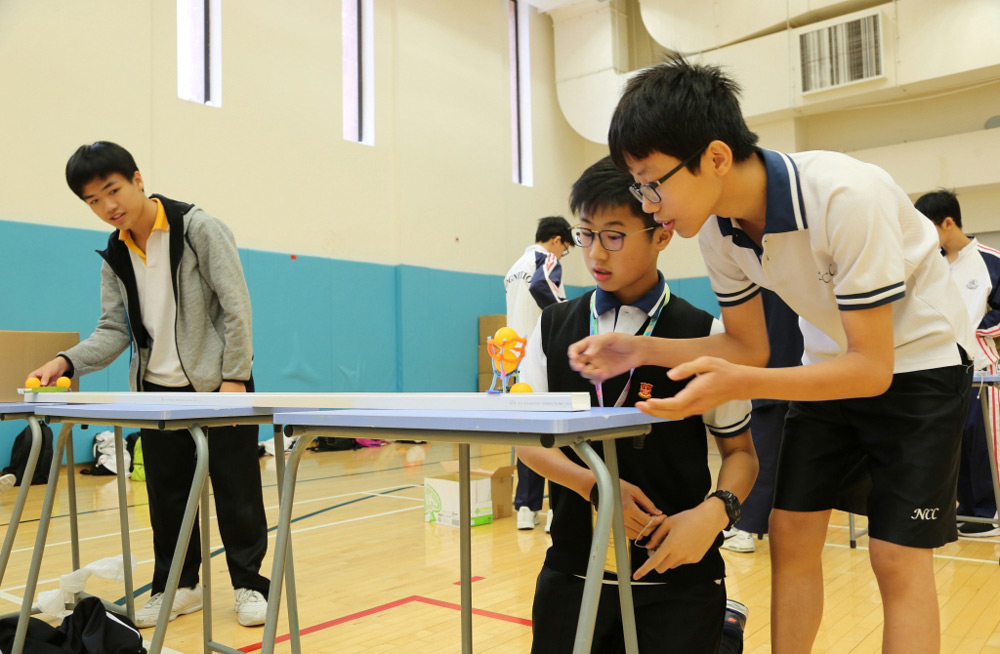
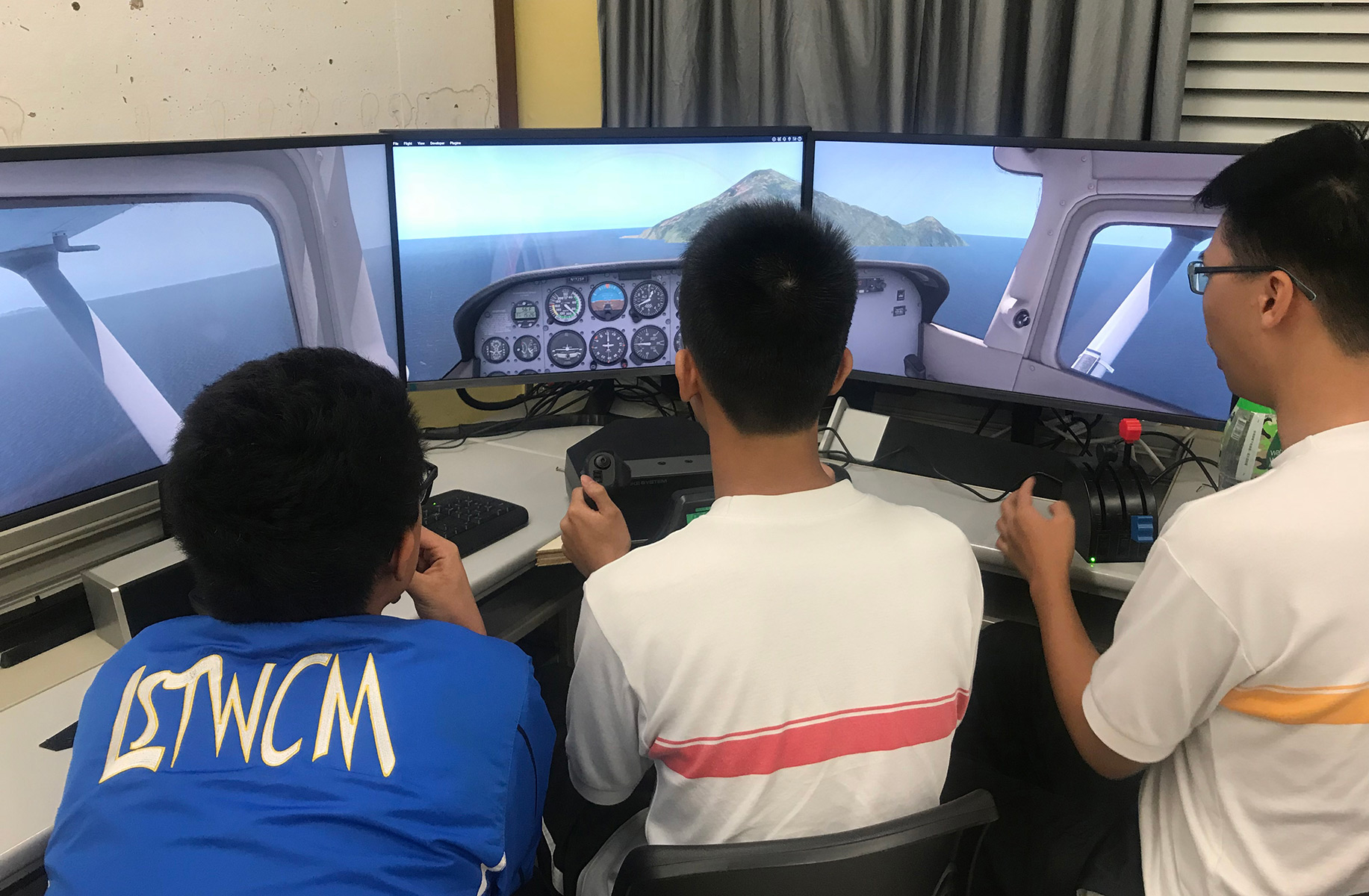
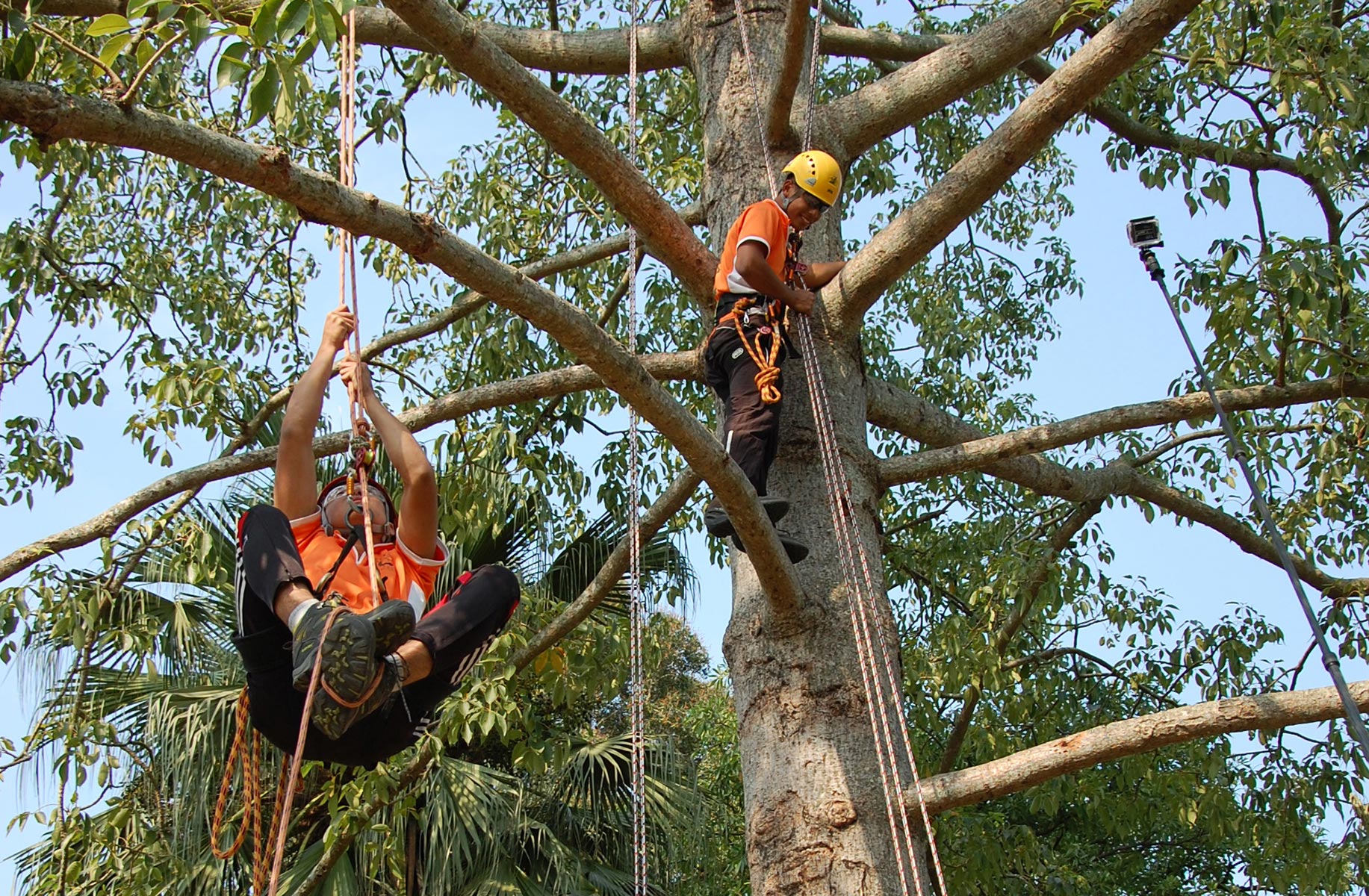
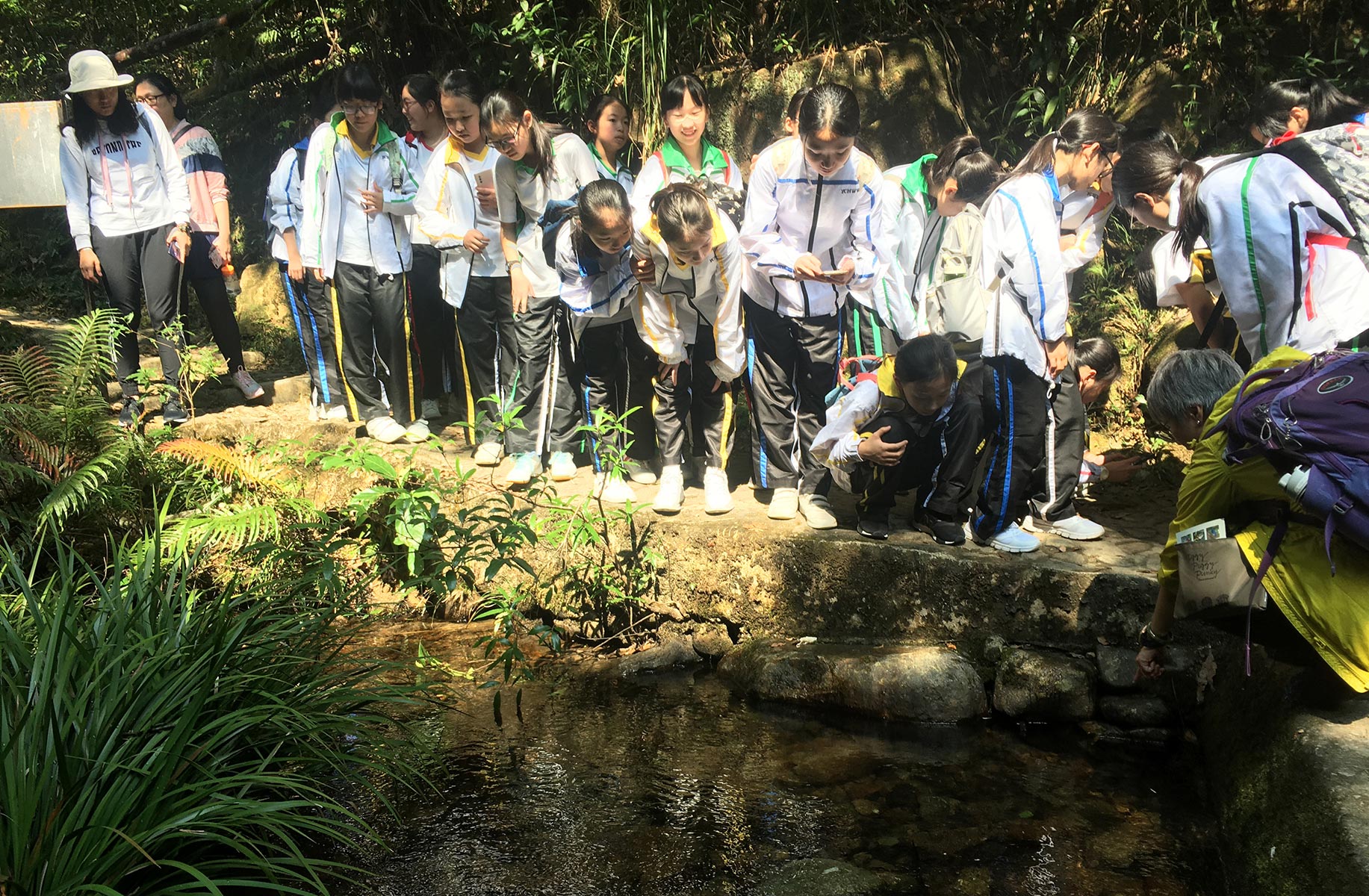
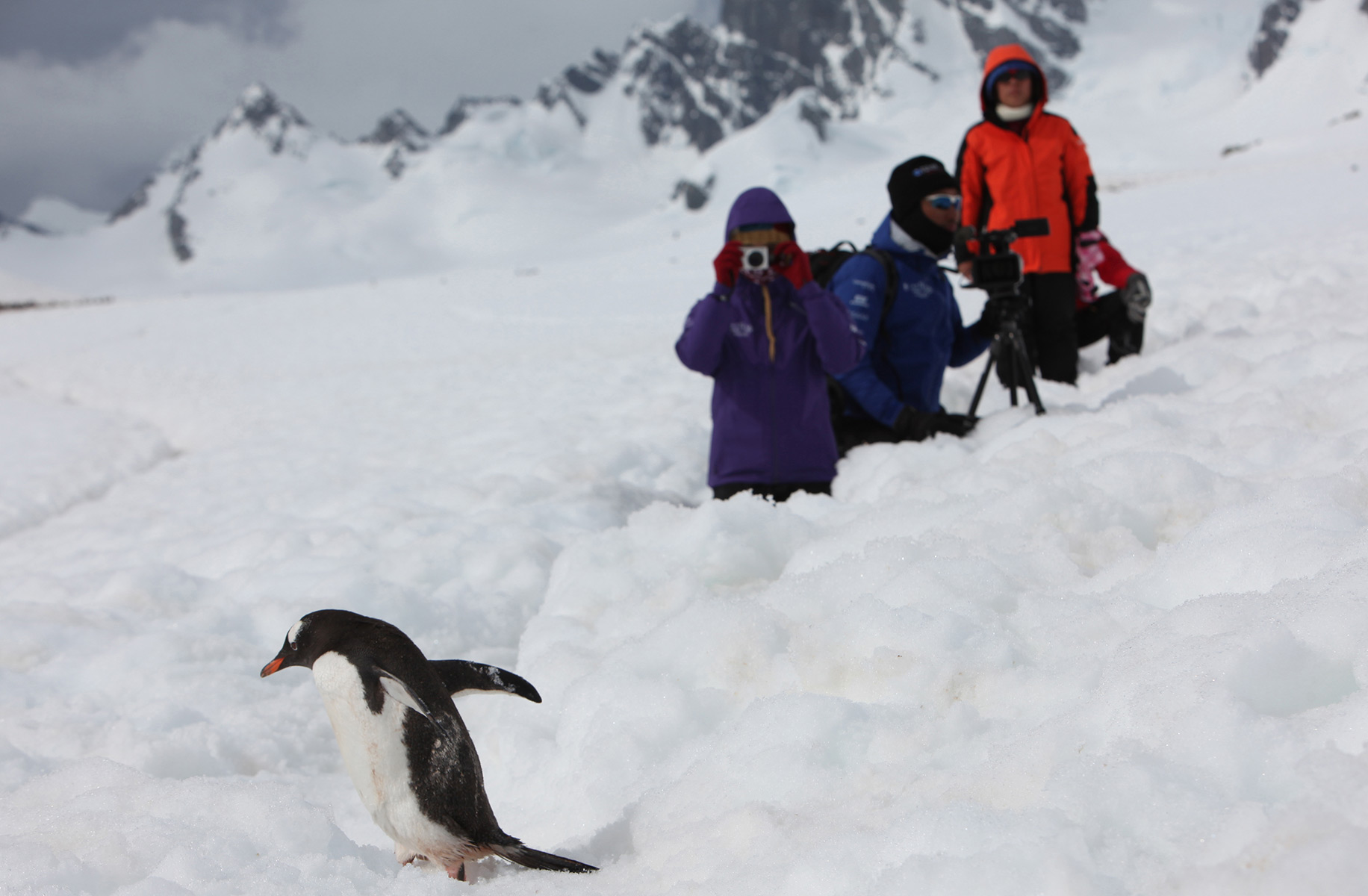
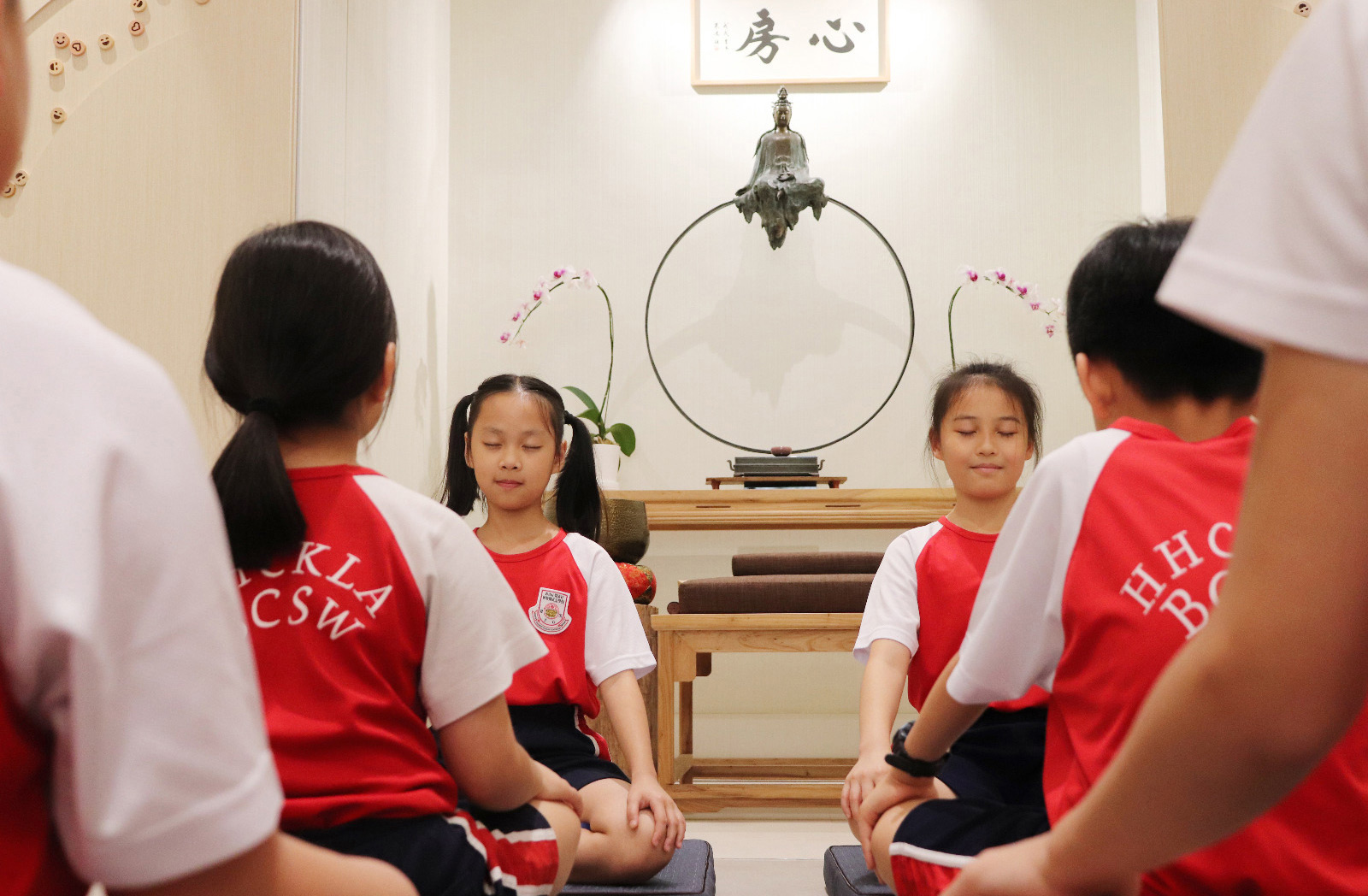
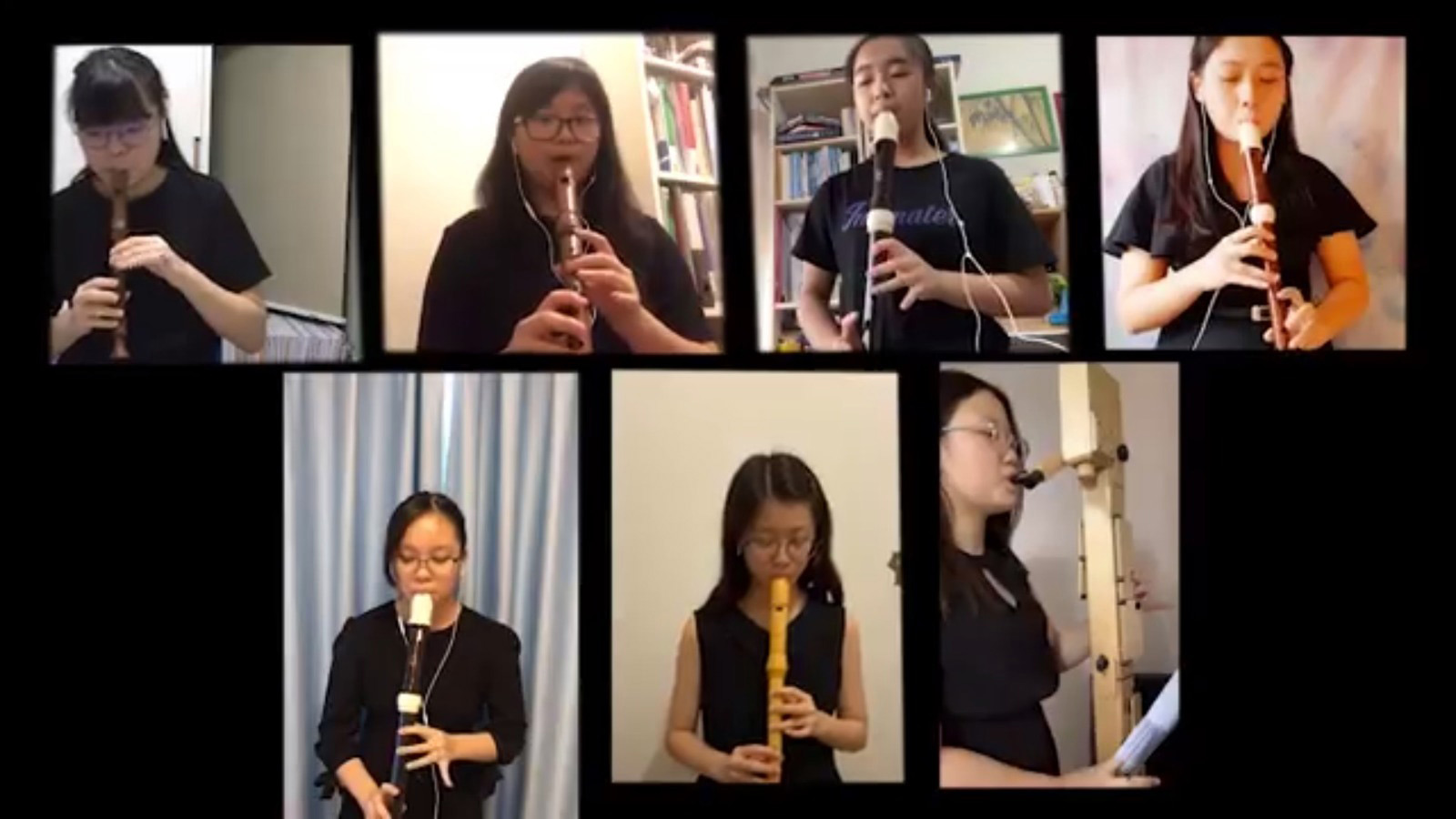
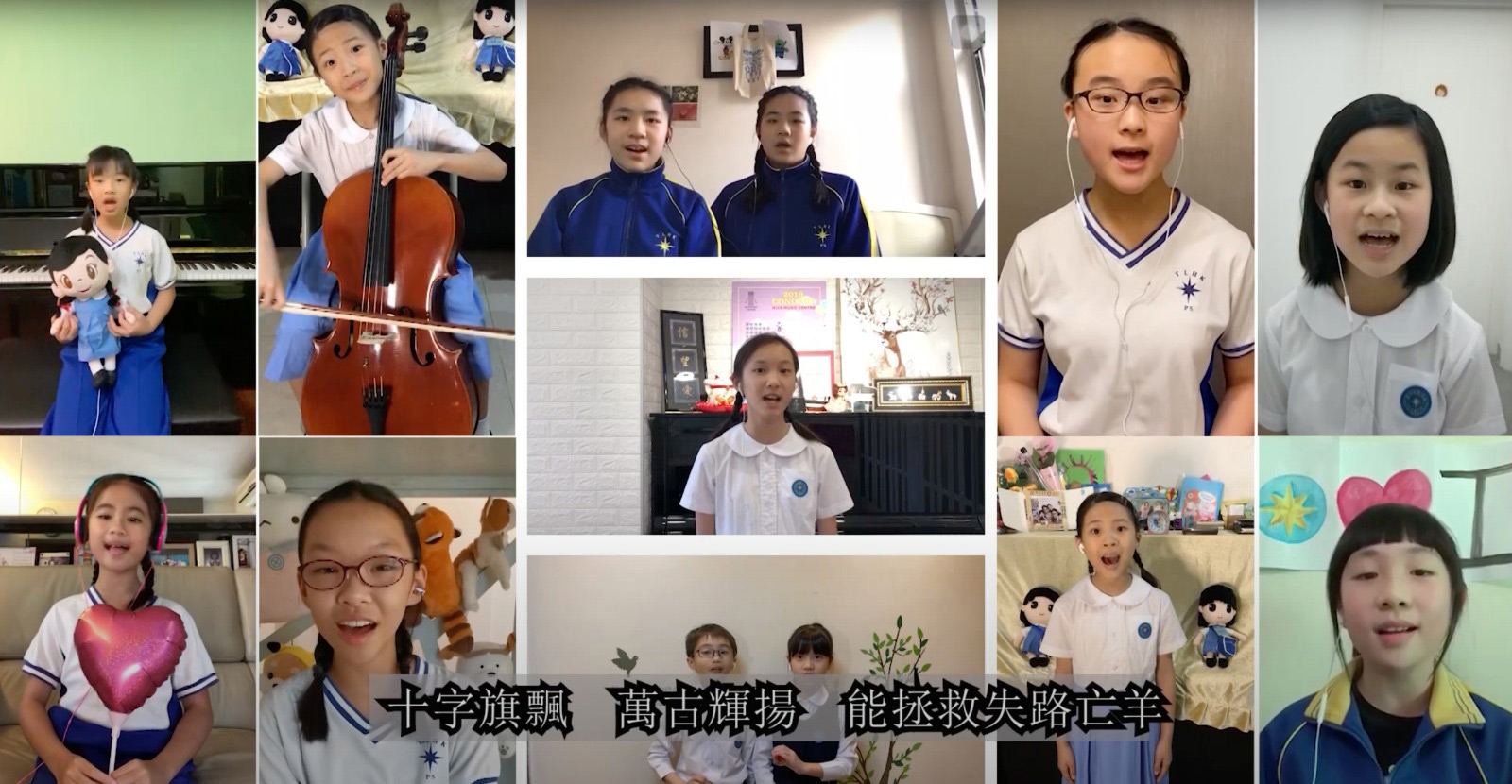
Having made primary and junior secondary education more accessible, it became increasingly important for the Hong Kong government to improve the quality of that education. In the 1990s, the Education Department reinforced its supervisory powers over schools and set up guidelines and indicators to measure the effectiveness of extra-curricular activities.
As we enter the 21st century, educational practitioners and policy makers in Hong Kong aspire to build students’ capacity for lifelong learning to achieve whole-person development. Learning opportunities within and outside the classroom should be integrated to deepen students’ understanding and encourage them to apply their knowledge in real life. Such diversified experiences and exposure also broaden students’ horizons. Extra-curricular activities are widely acknowledged to emphasise experiential learning and whole-person development. Starting in the 2019/20 school year, a Life-wide Learning Grant with an annual provision of around HK$900 million was allocated by the government to support experiential learning activities beyond the classroom.
Looking ahead, extra-curricular activities in Hong Kong are expected to continue to offer a platform for nurturing students’ interests and potential for the benefit of their personal development.
Visit
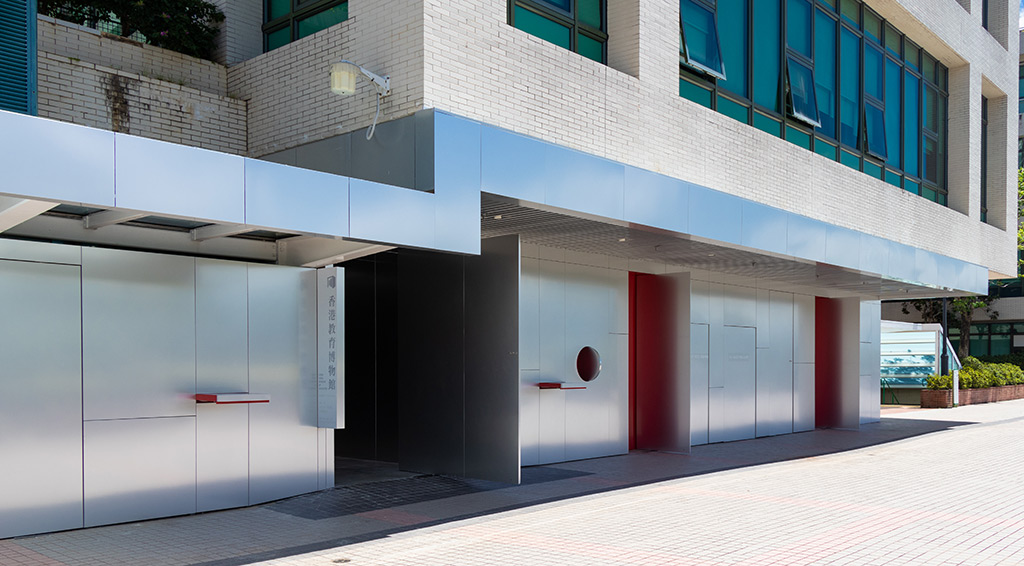
Address:
Hong Kong Museum of Education
Block D1, Podium Level, The Education University of Hong Kong, 10 Lo Ping Road, Tai Po, New Territories, Hong Kong
(Click here to check transport information)
Hours:
Mon-Sun: 10am to 5pm
Public Holidays: Closed
Admission fee:
Free
Acknowledgements
We are most grateful for the generous support from the following organisations and individuals which has made this exhibition possible.
Organisations/Schools (Name in alphabetical order)
Belilios Old Girls Foundation
Canon George Zimmern (Facebook Page)
Cheung Chau Government Secondary School
Composers and Authors Society of Hong Kong Limited
Fung Kai No.1 Secondary School
HHCKLA Buddhist Chan Shi Wan Primary School
HK Discovery
HKCWC Fung Yiu King Memorial Secondary School
Hong Kong New Generation Cultural Association Science Innovation Centre
Hong Kong Schools Music and Speech Association
Hong Kong Yakult Co., Ltd.
Hong Kong Young Women’s Christian Association
Information Services Department, HKSARG
Joint School Geography Association
King’s College
Kwok Man School
Lok Sin Tong Wong Chung Ming Secondary School
Munsang College
Public Records Office, Government Records Service
Pui Ching Middle School
Pui Ying Secondary School
Queen Elizabeth School Old Students’ Association
Queen’s College
Queen’s College History Museum
Radio Television Hong Kong
South China Athletic Association
South China Morning Post Publishers Limited
St. Louis Old Boys’ Association Limited
St. Louis School
St. Paul’s Co-educational College
St. Paul’s College
St. Stephen’s College
St. Stephen’s Girls’ College
Stewards Pooi Tun Secondary School
Swire Coca-Cola HK
The Boys’ & Girls’ Clubs Association of Hong Kong
The Hong Kong Girl Guides Association
The Hong Kong Scout Archives
The Joint School Science Exhibition Preparation Committee
The True Light Middle School of Hong Kong (Primary Section)
True Light Middle School of Hong Kong
Tsung Tsin Christian Academy
Tung Wah Museum
Ying Wa College
Ying Wa Girls’ School
Individuals (Surname in alphabetical order)
Mr Toby Cham
Mr Jan Chan Ka-chun
Mr Cheang Pou-soi
Mr Davy Cheung
Ms Rowena Cheung Po-man
Dr Chung King-fai
Dr Fu Yiu-tung
Mr Fung Yee-wang
Dr Fung Chi-wang
Mr Hon Man-huen
Dr Hung Keung
Mr Kong Fuk-yip
Dr Kong Man-sing
Mr Kwan Sek-yiu
Mr Lau Chi-chung
Ms Lee Ka-man
Ms Lee Yuen-yin
Mr Leung King-wai
Mr Leung Fai-shing
Dr Leung Cho-nga
Mr Leo Lu Kwong-fai
Mr Rolex Ng Kam-wah
Mr Ng Kwai-lung
Ms Chloe Suen Yin-wah
Dr Tsang Wing-hong
Mr Alexander Wong Kin-ming
Professor Wong Ngai-ying
Mr Alan Yu Chi-lop
Mr Manfred Yuen
Credits
Presented by:
The Education University of Hong Kong
Organised by:
Hong Kong Museum of Education
Hong Kong Extra-curricular Activities Masters’ Association
Advisors:
Education Heritage Advisory Committee
Professor John Lee Chi-kin
Dr Sidney Cheng Po-ying
Curatorial Team:
Hong Kong Museum of Education
Kevinna Deng Ying-yu
Iven Cheung
May Kwan
Jessie Wong
Hong Kong Extra-curricular Activities Masters’ Association
Dr Tsang Wing-hong
Chan Kwok-chu
Cheng Kam-hung
Chan Yun-wa
Lam Ka-chun
Man Tat-chung
Design and Art Direction:
N7 communication.
Video Production:
Elaine Wong
Dino Wong
Yuen Hon-hin
